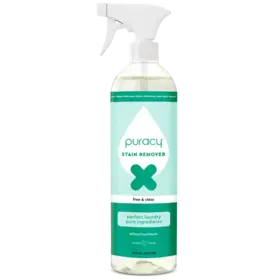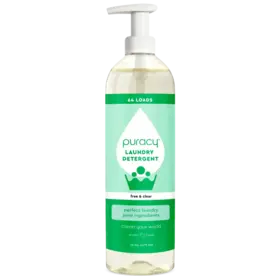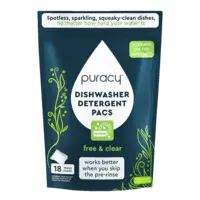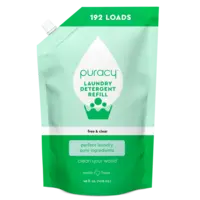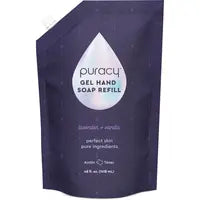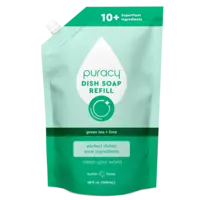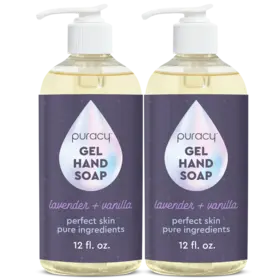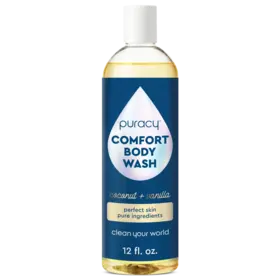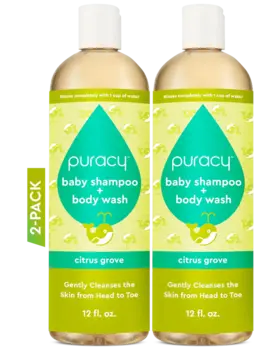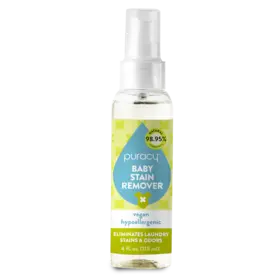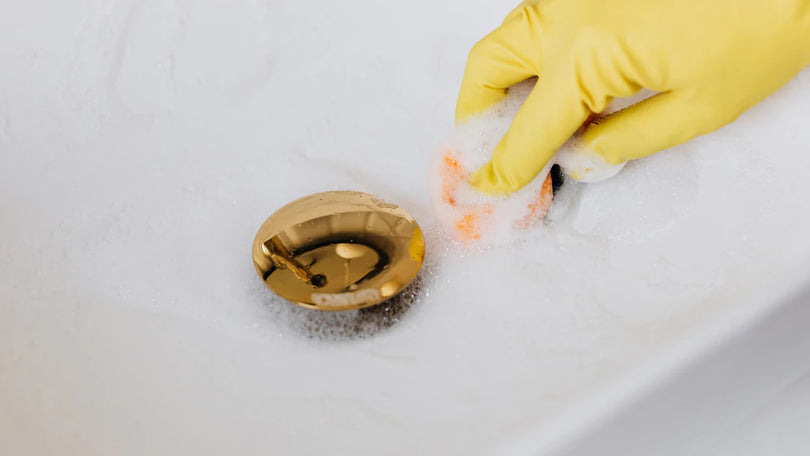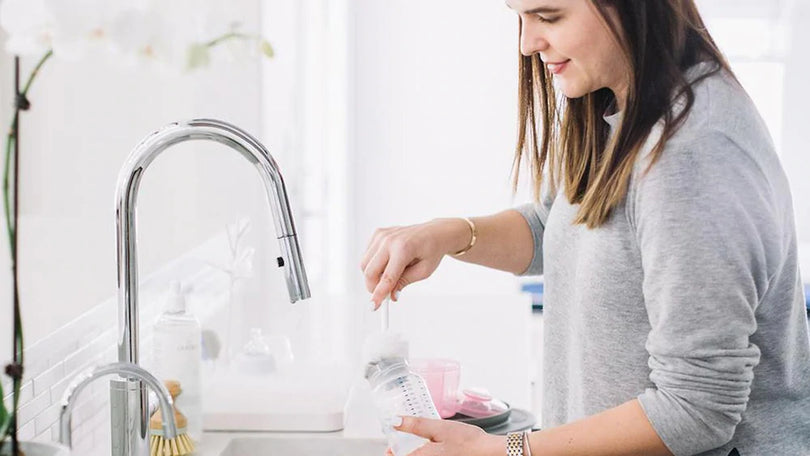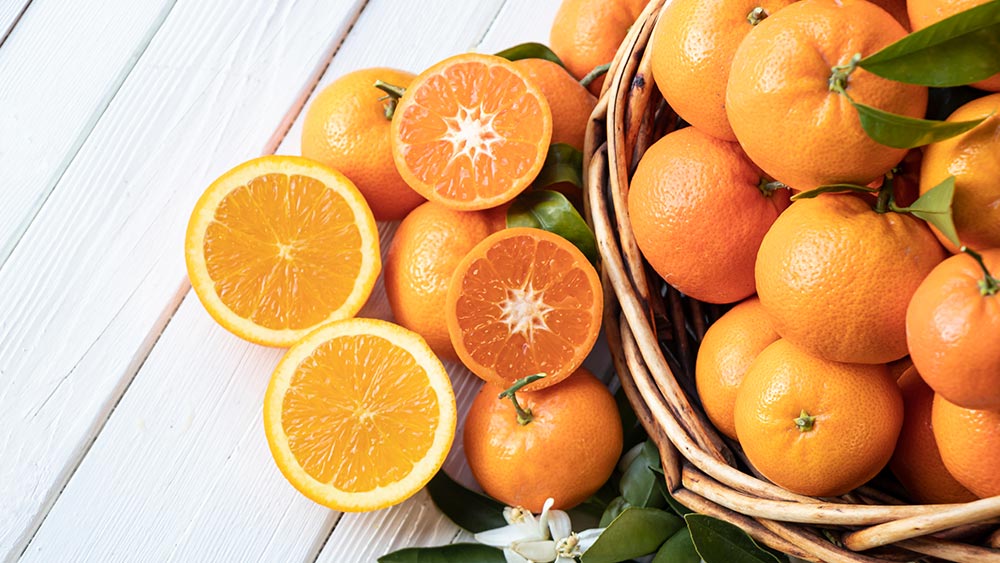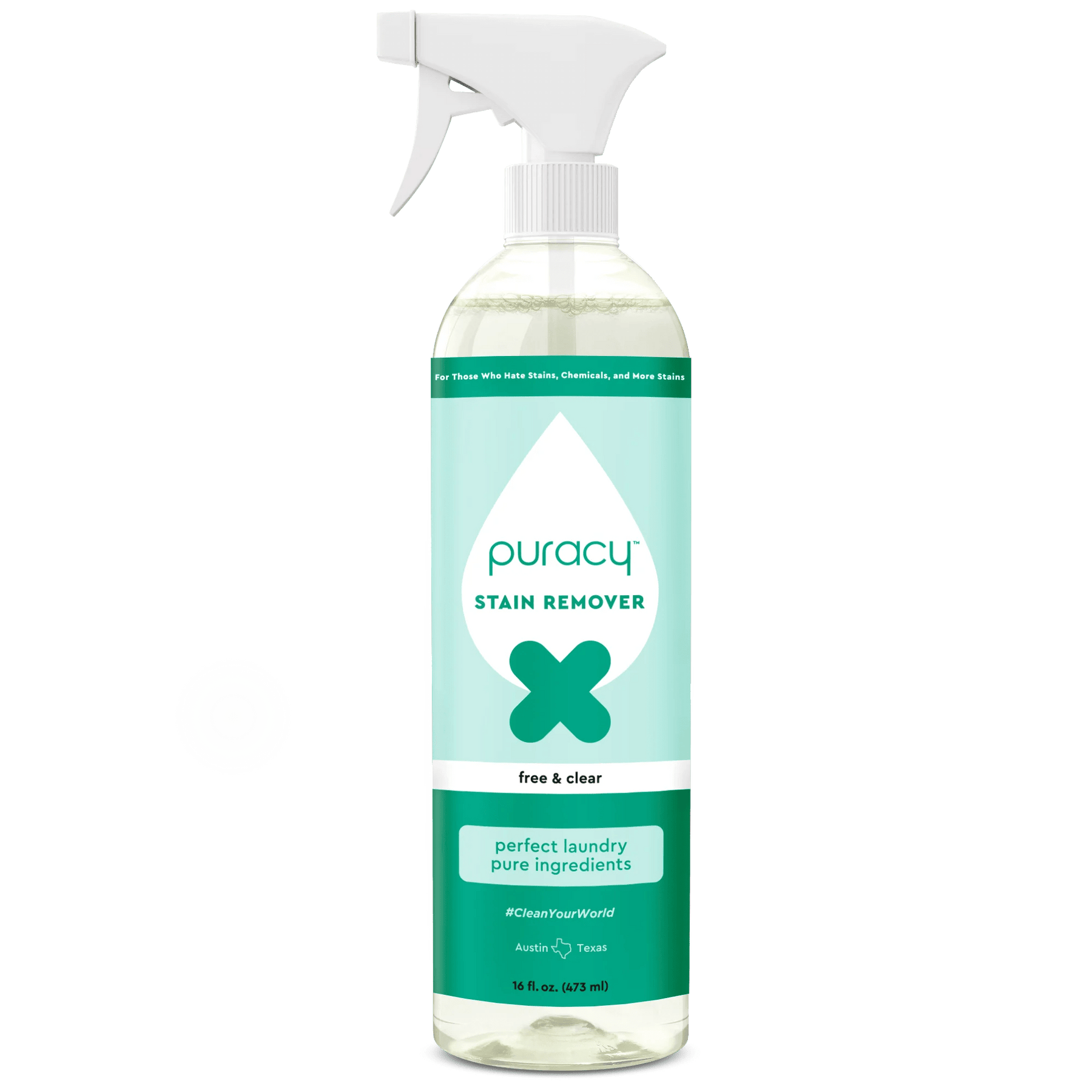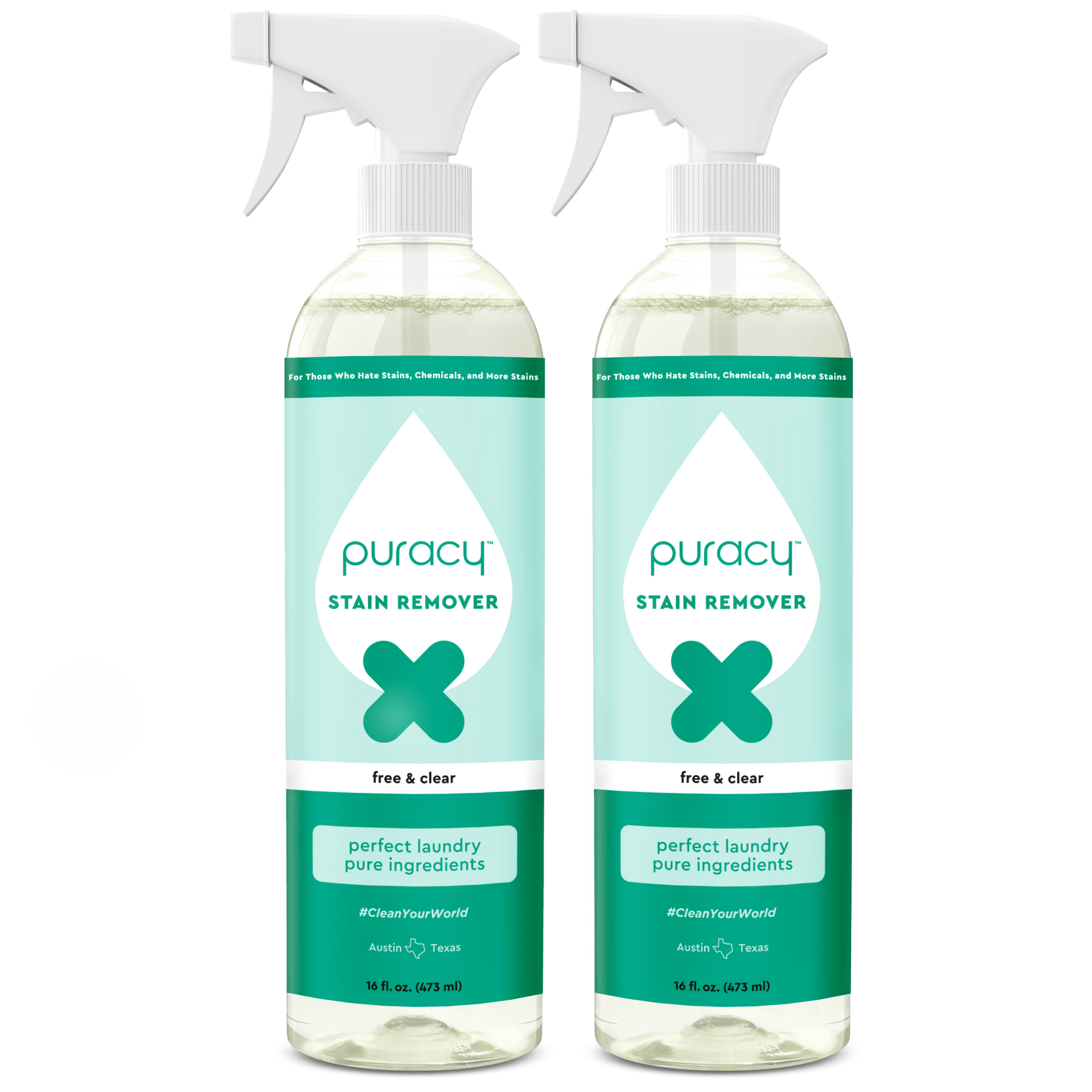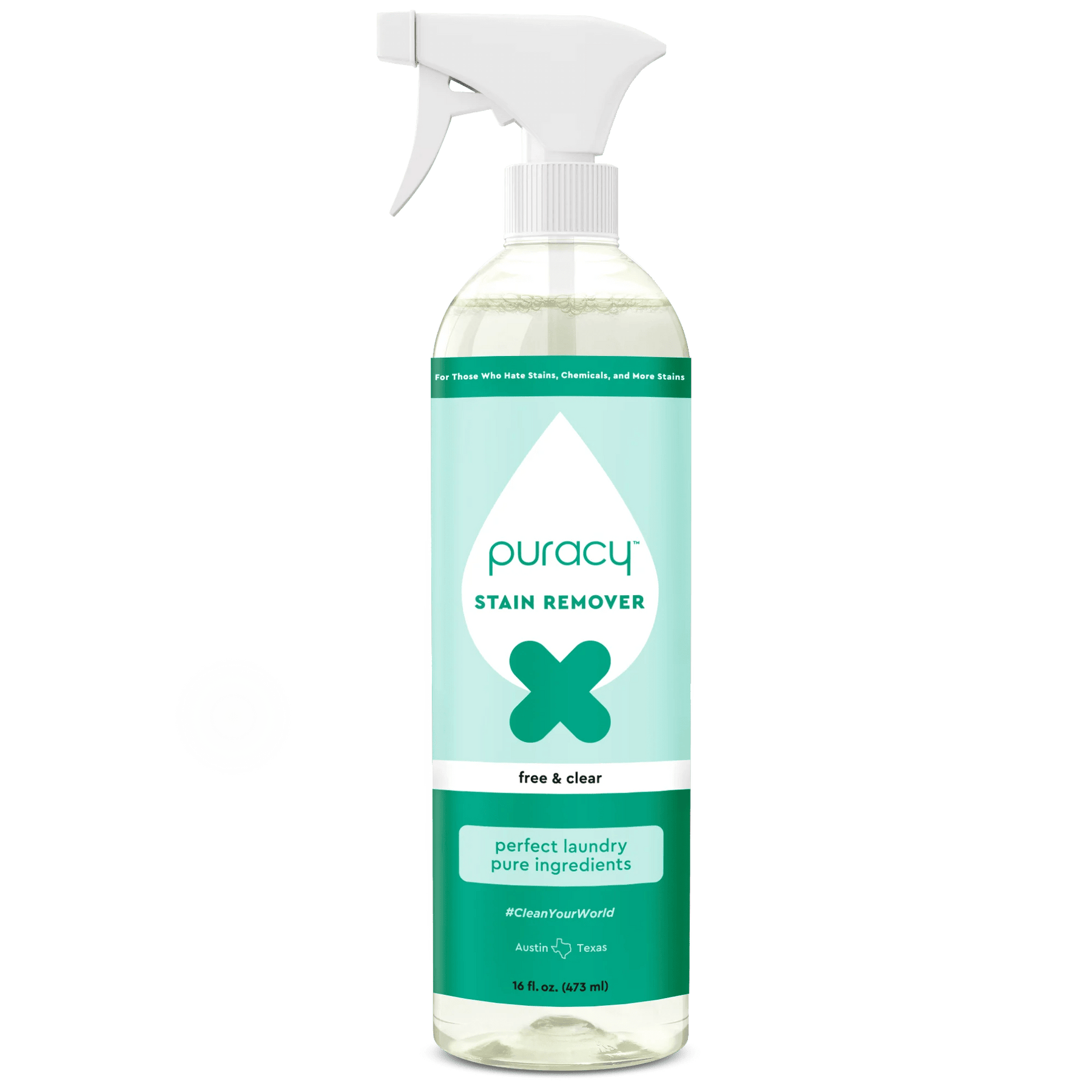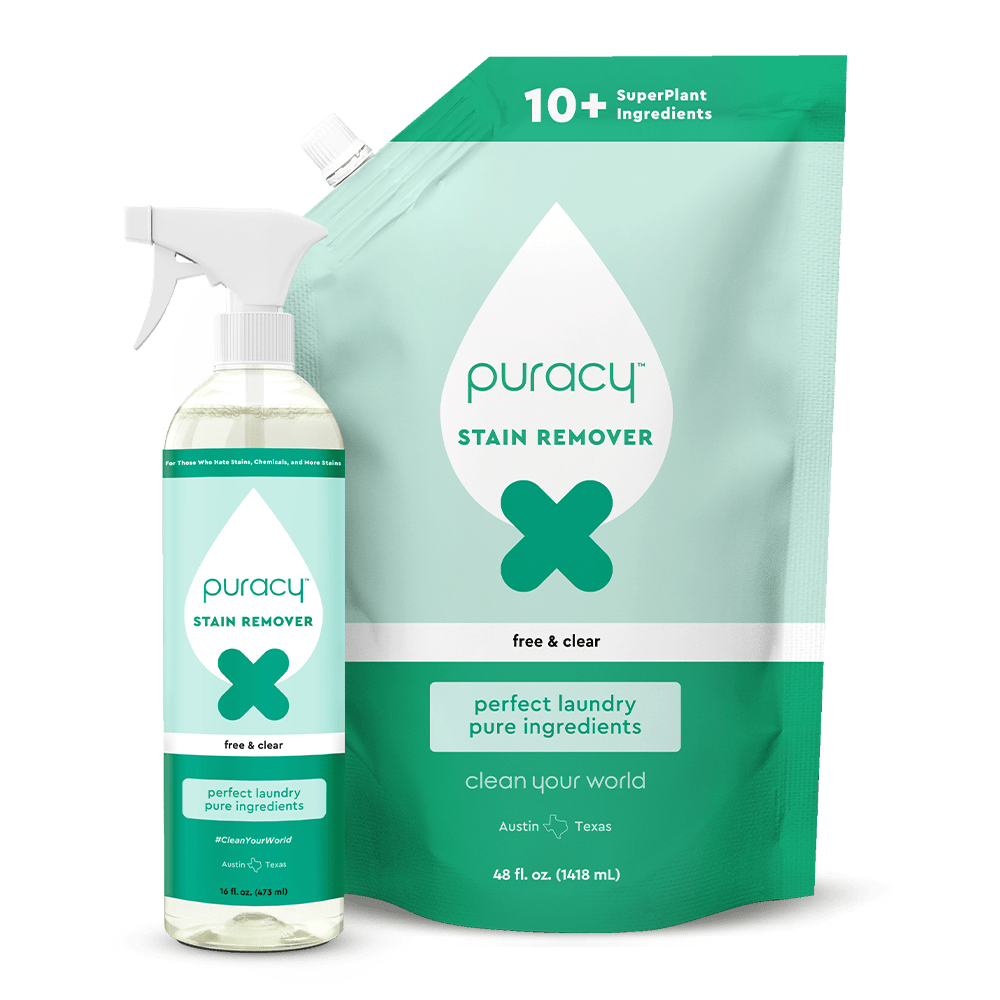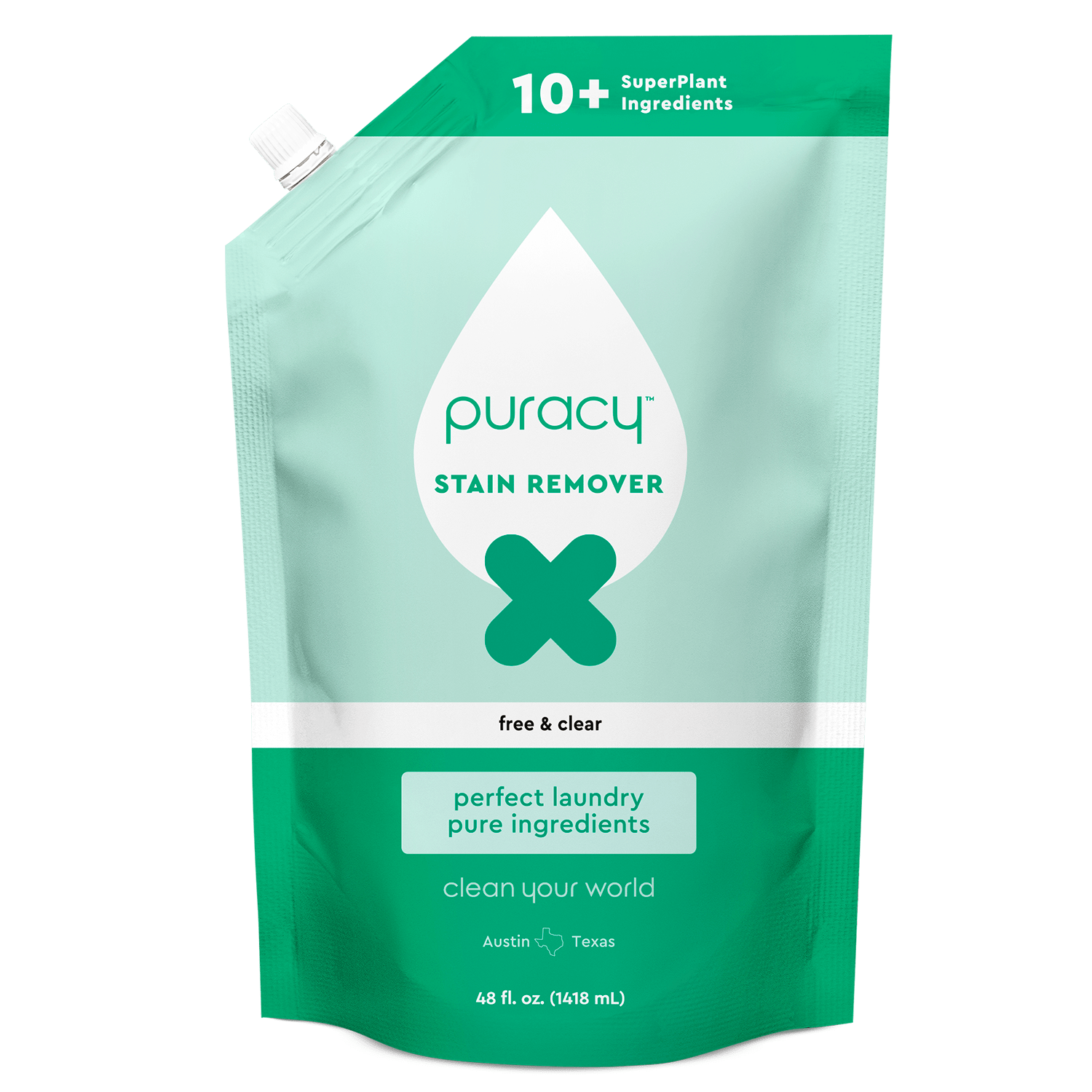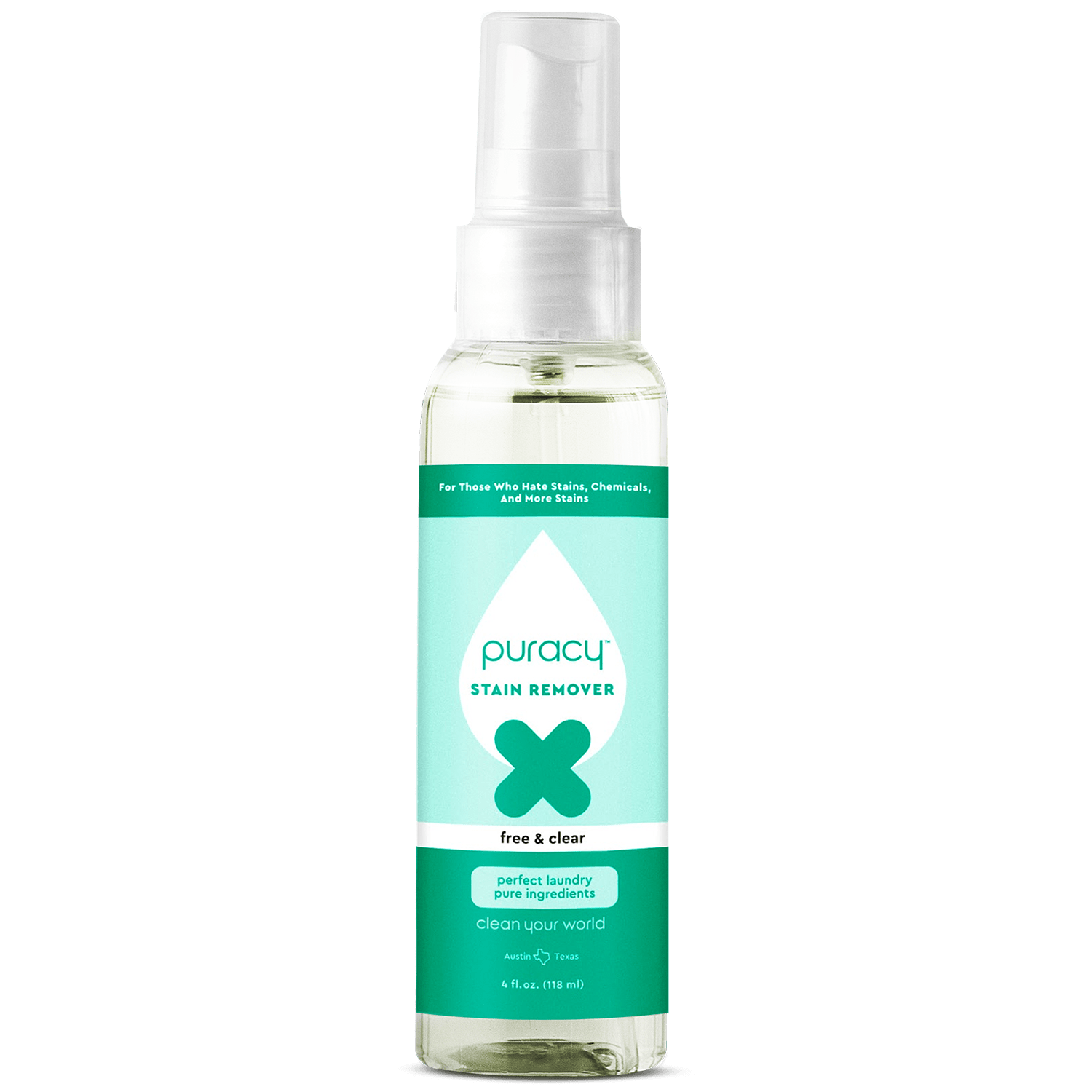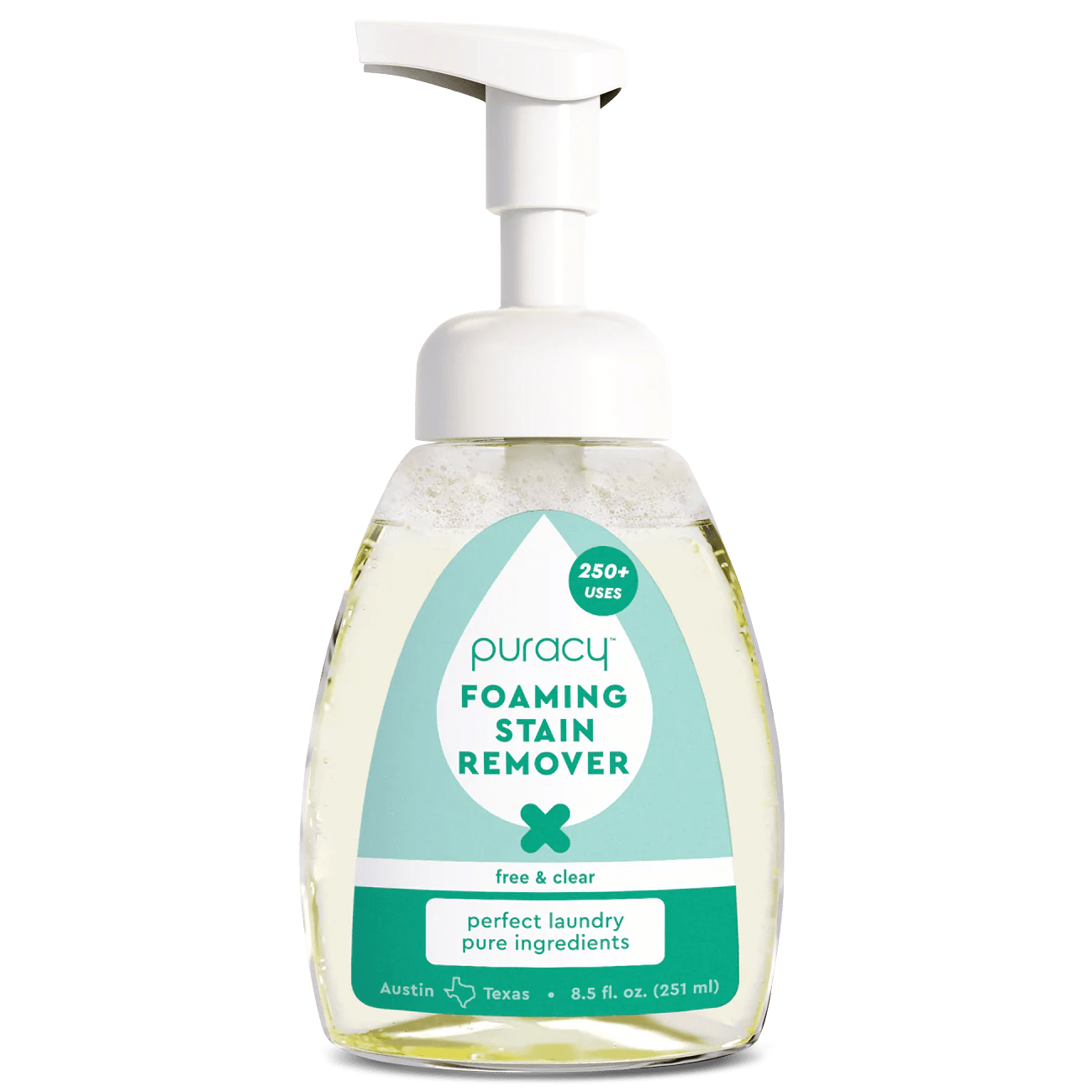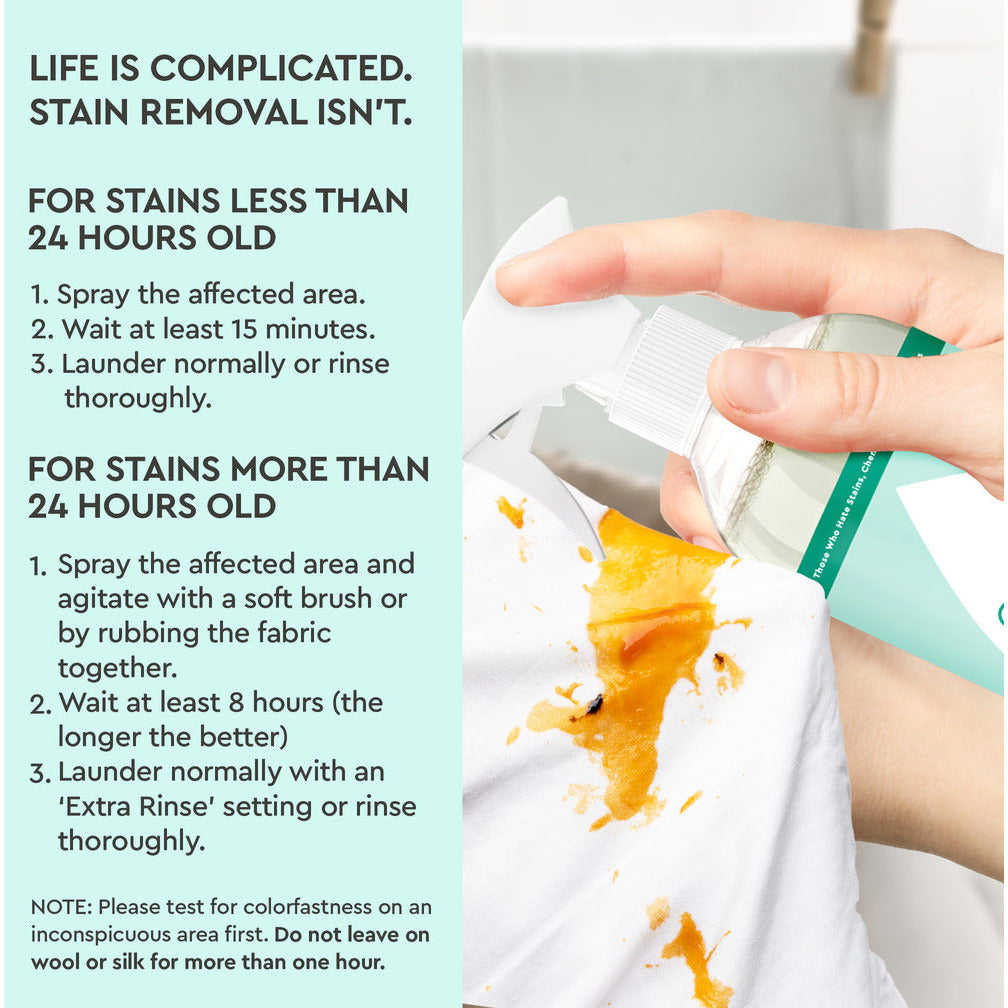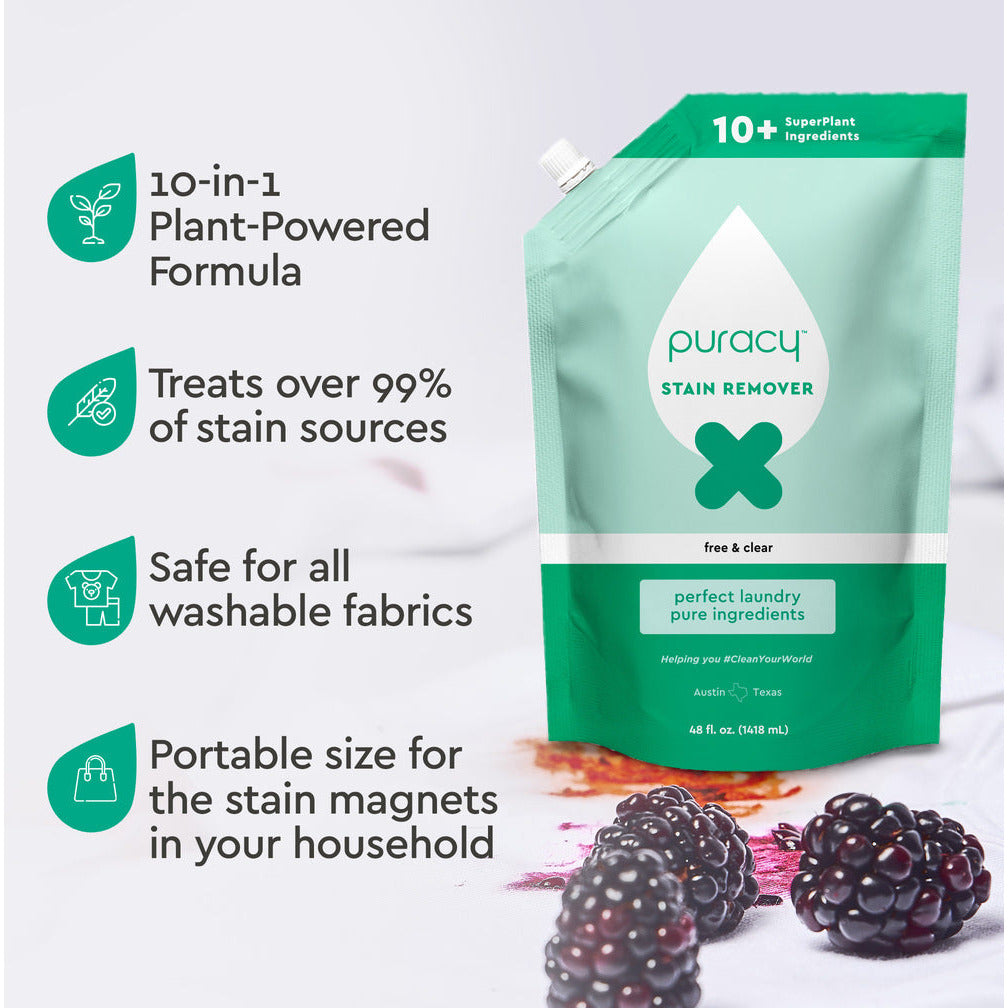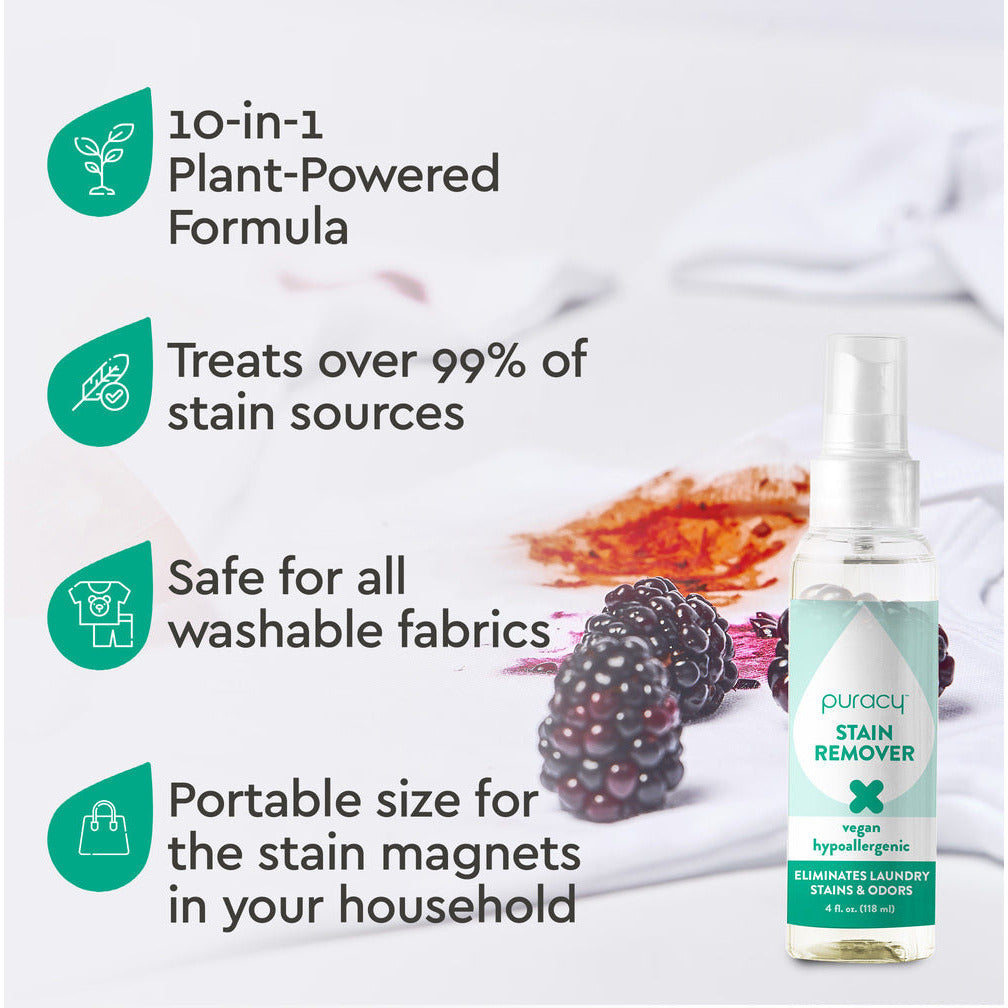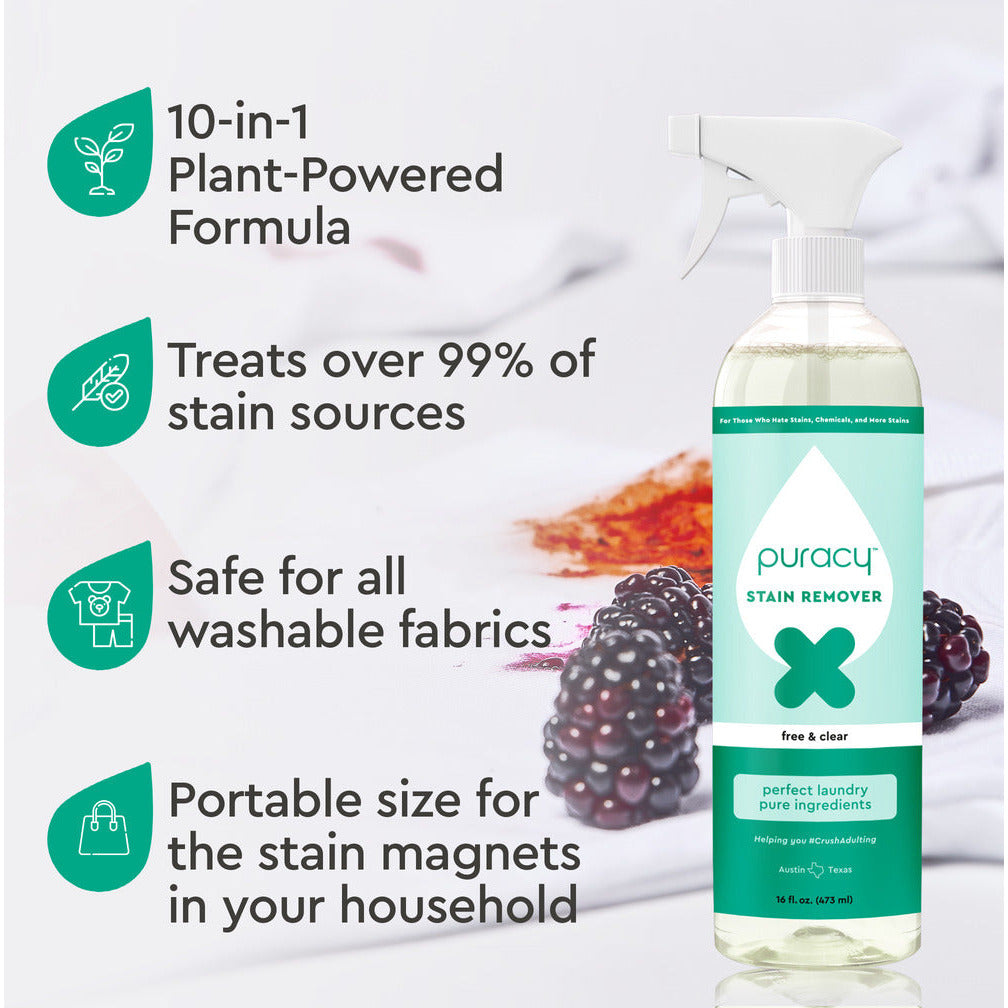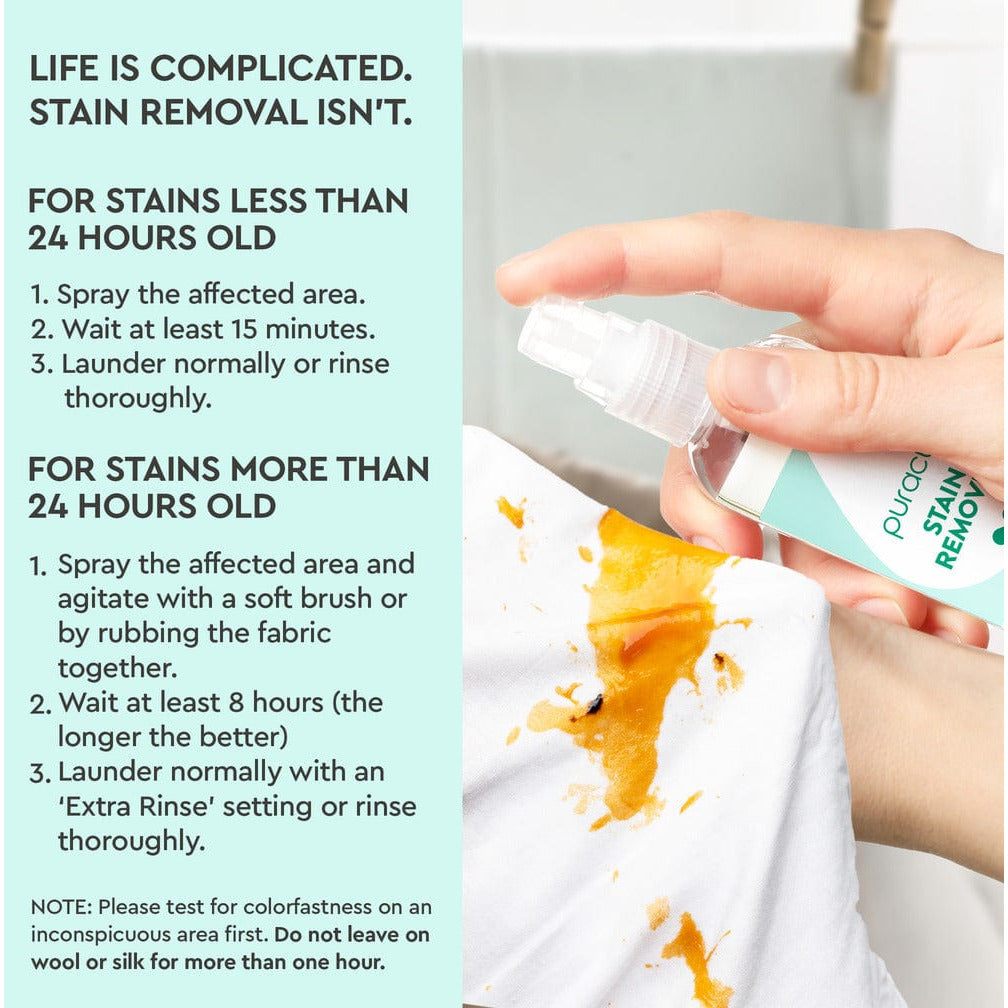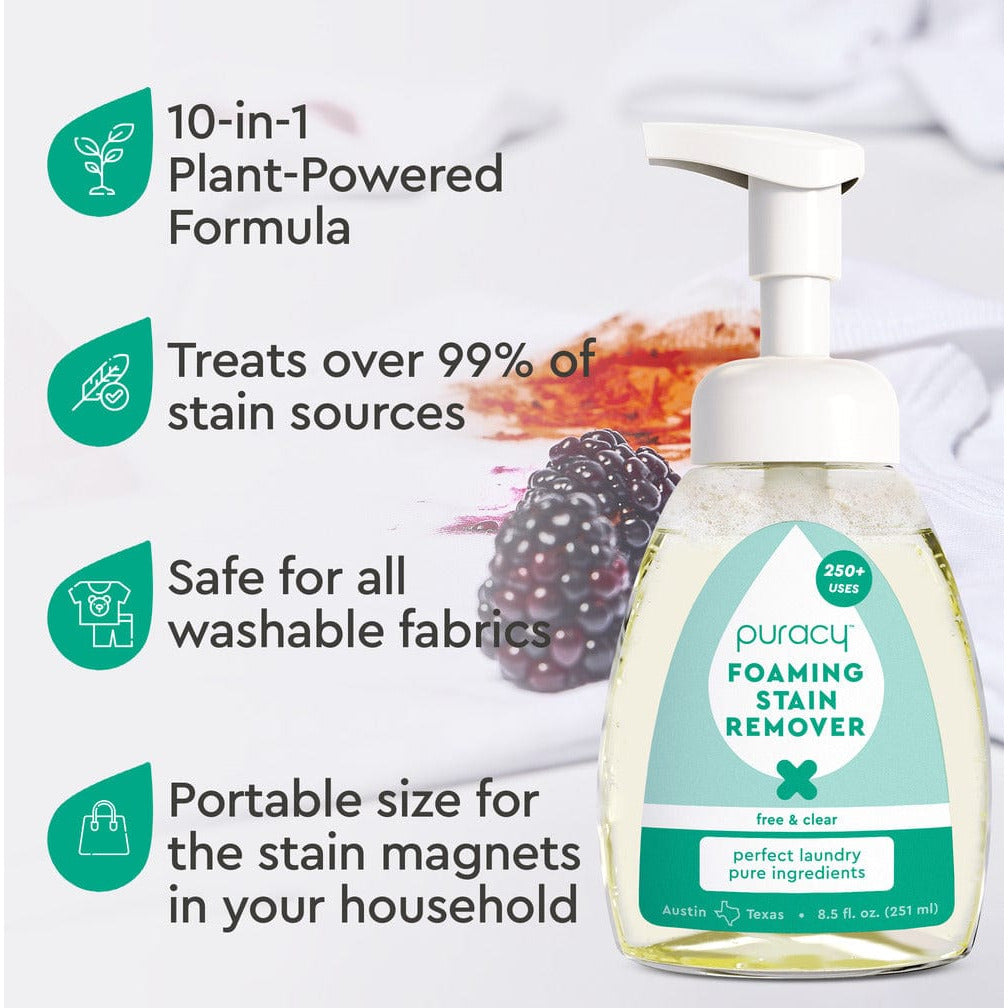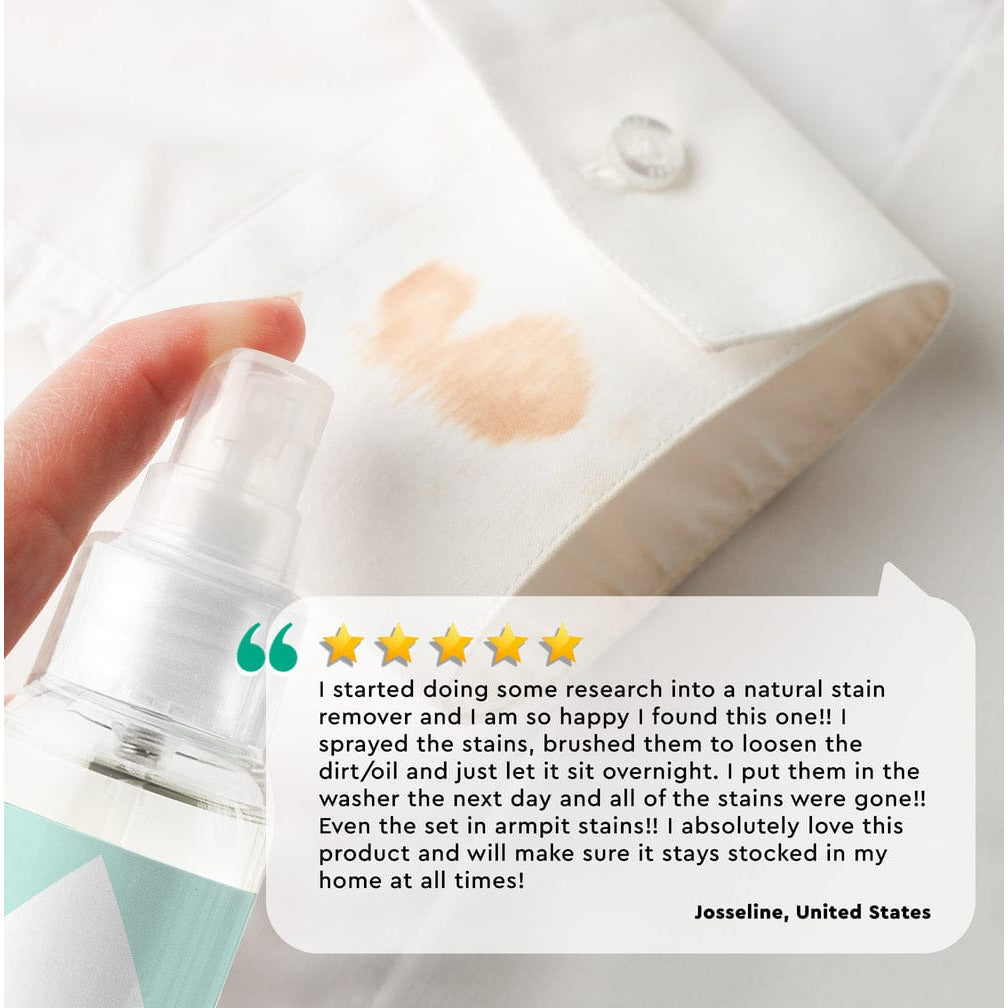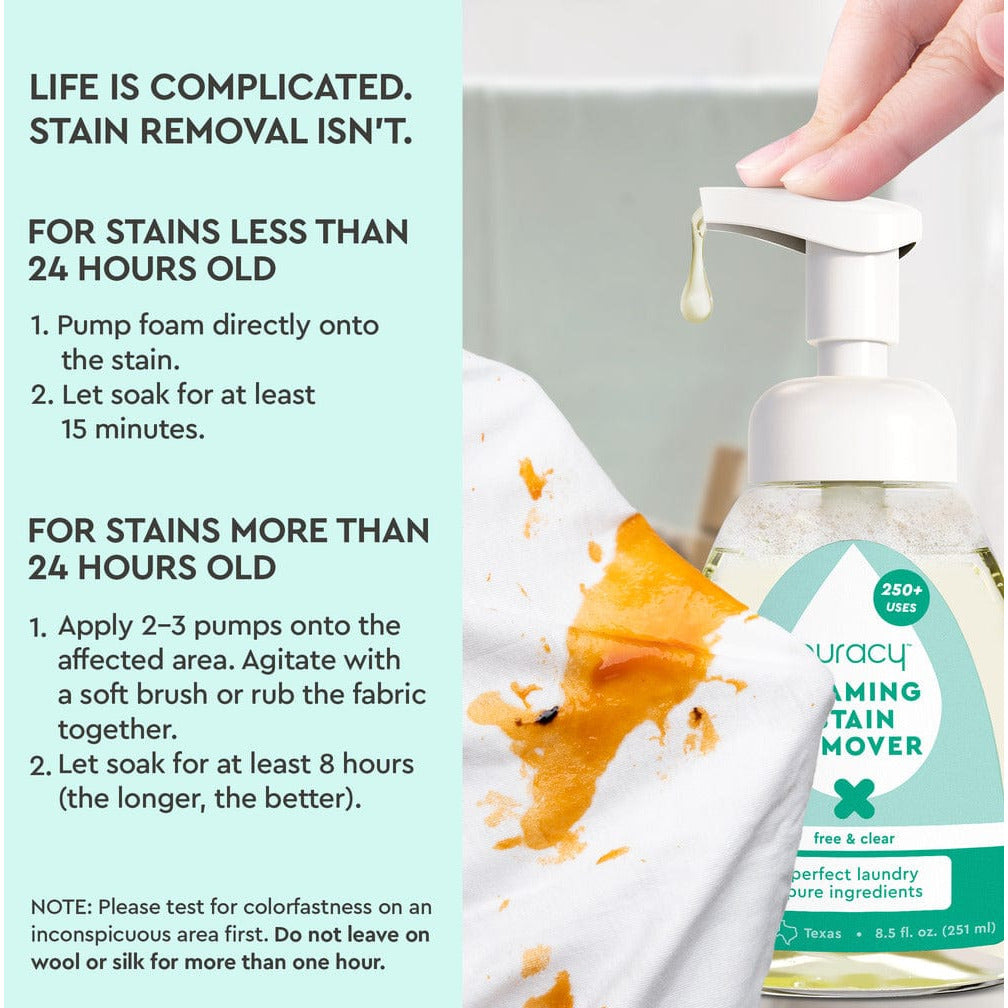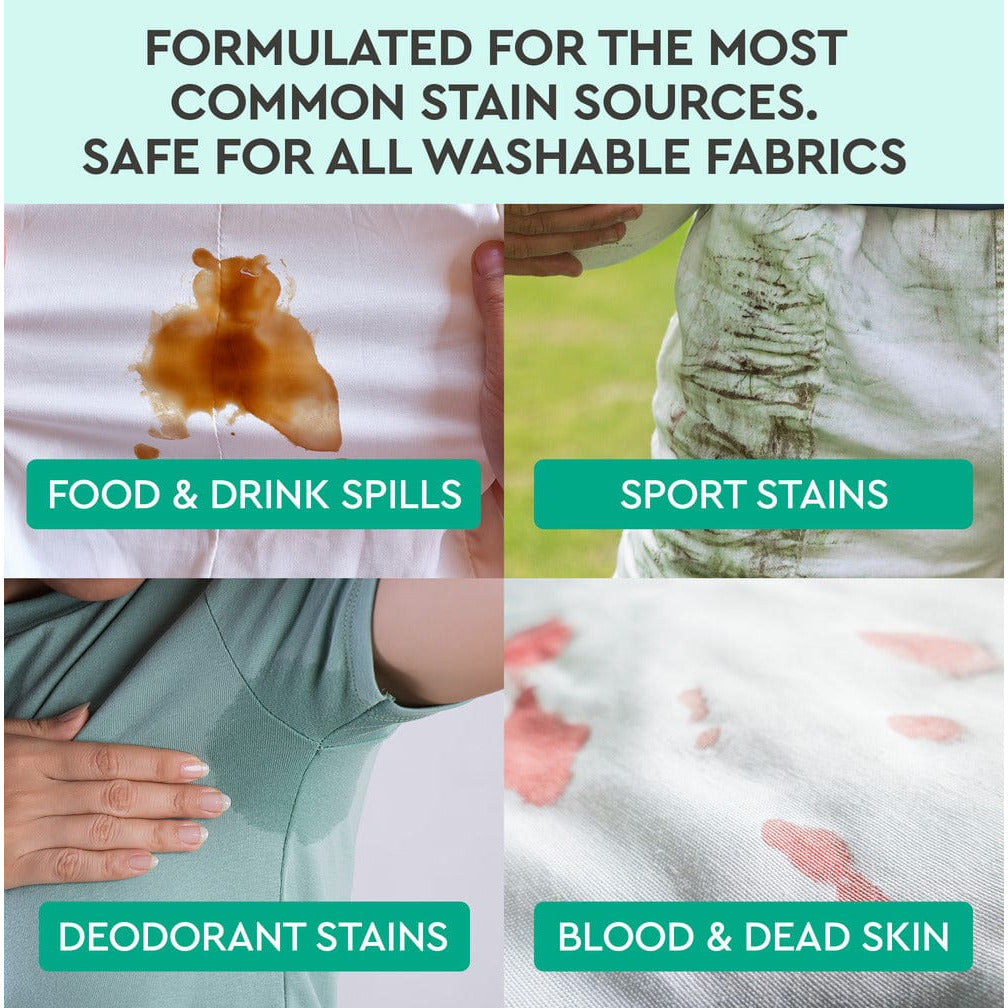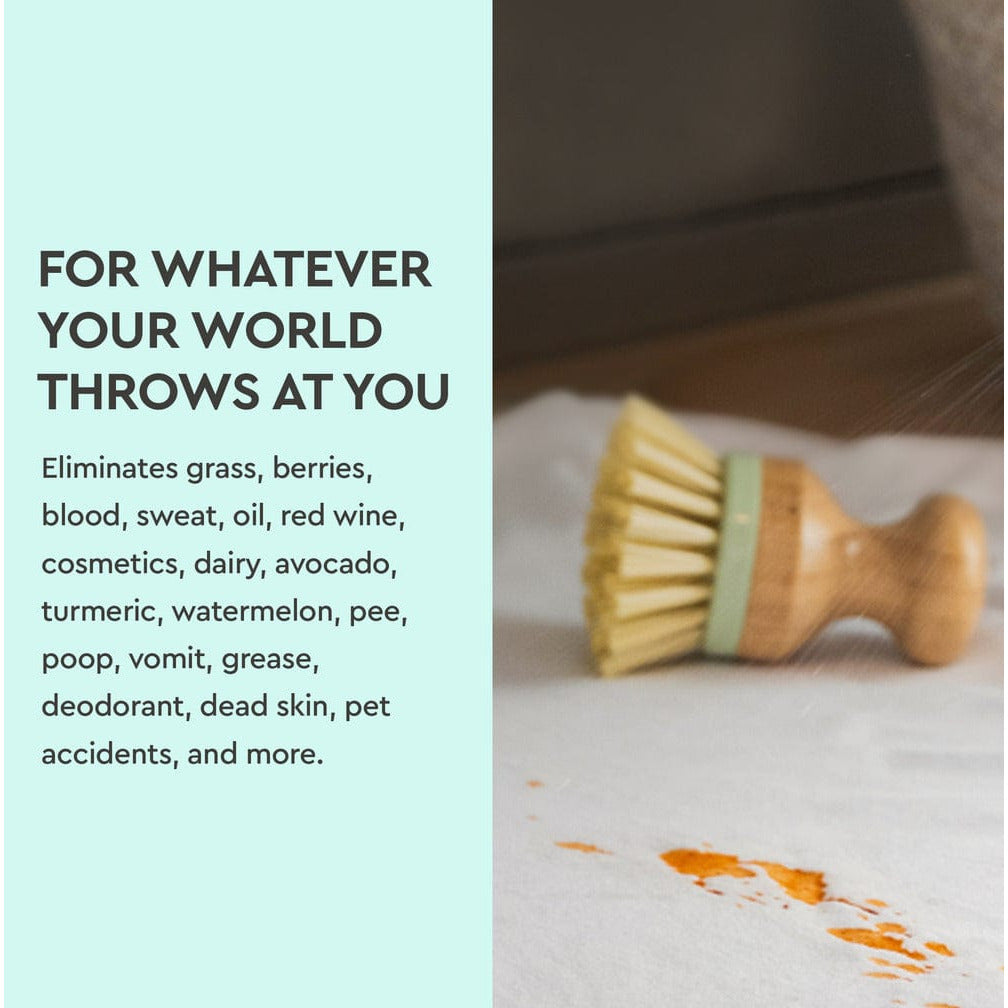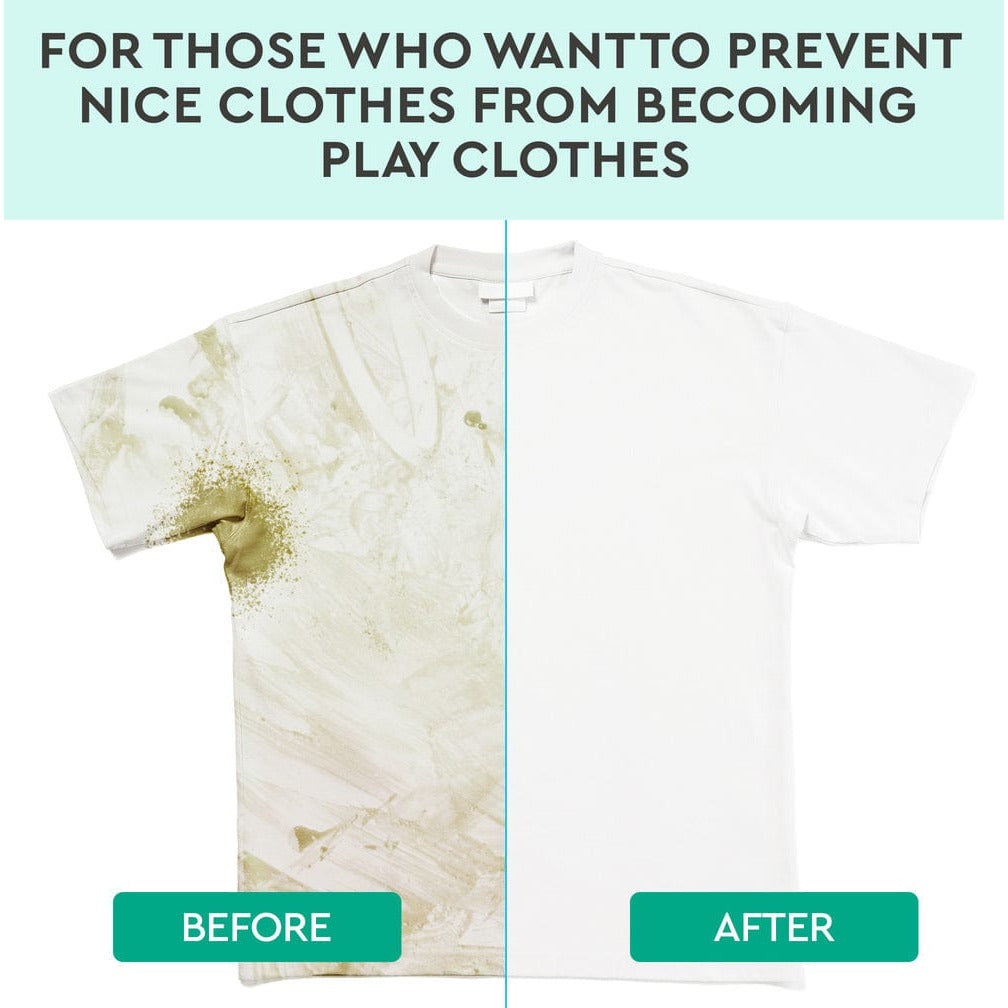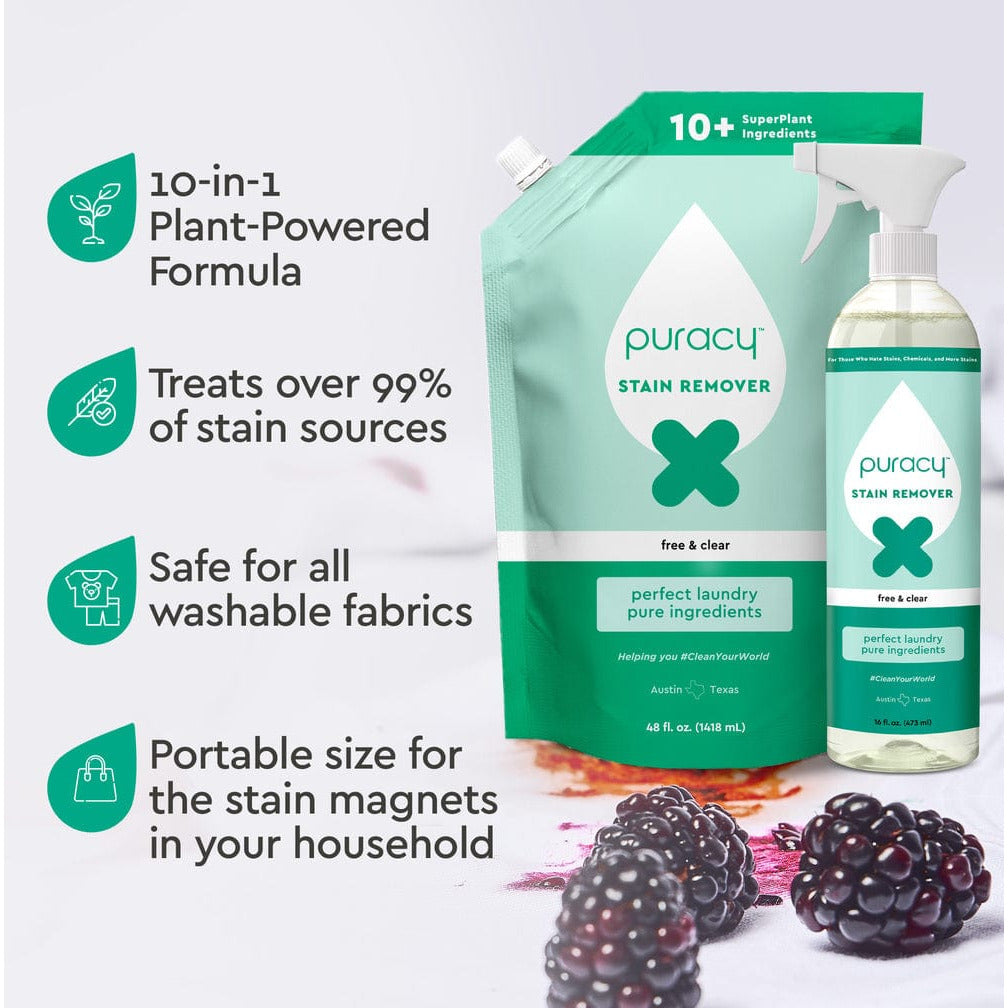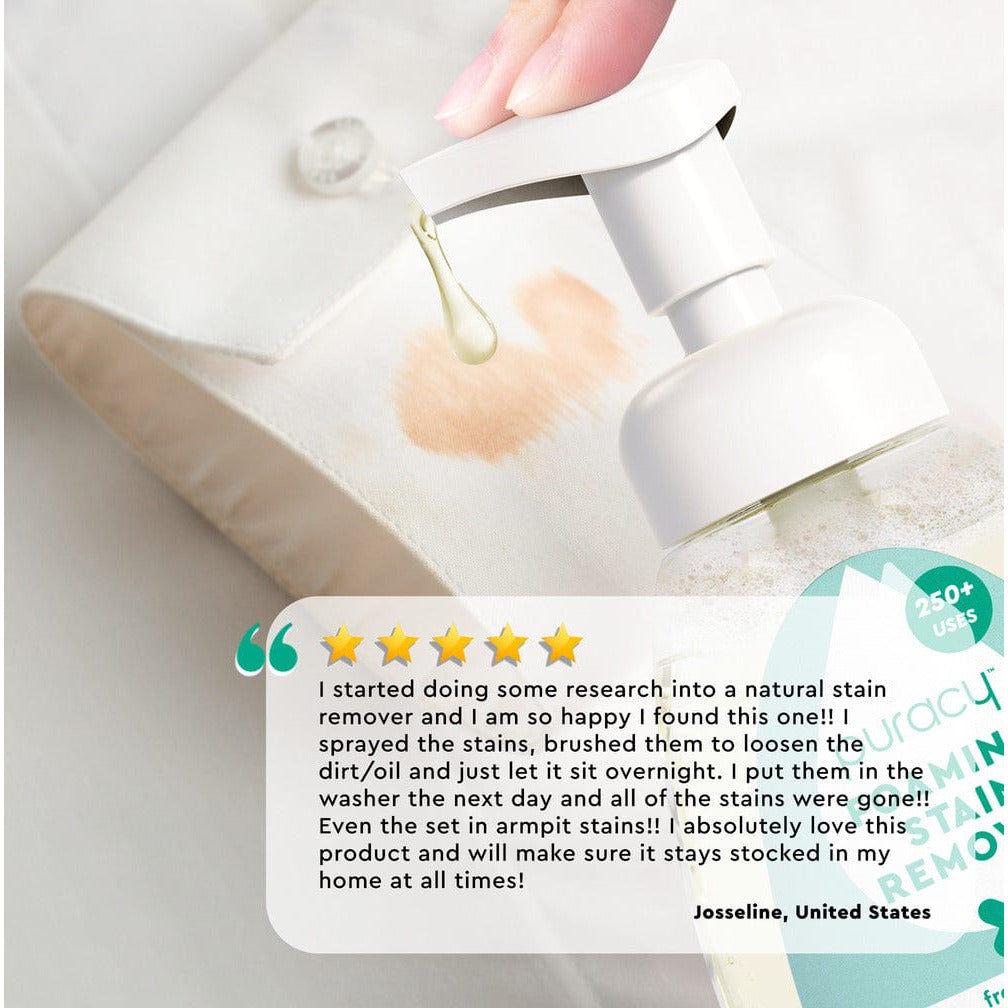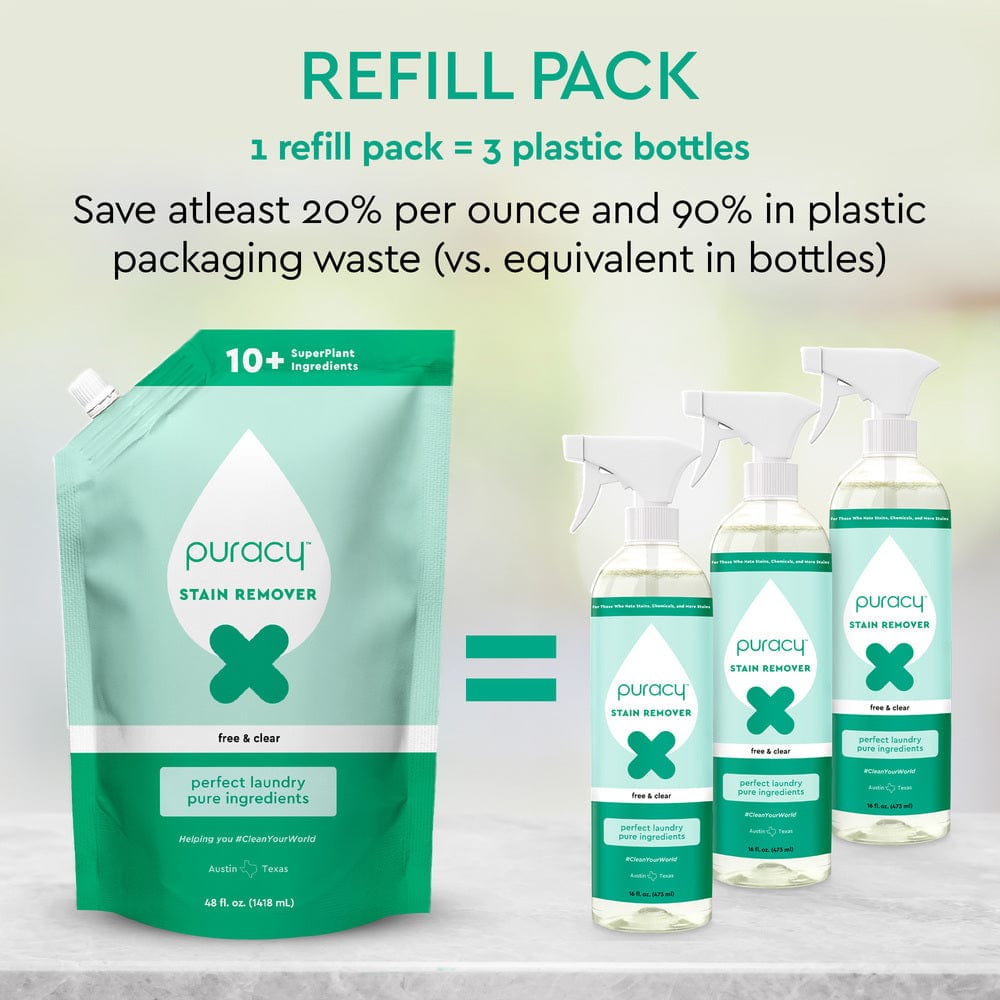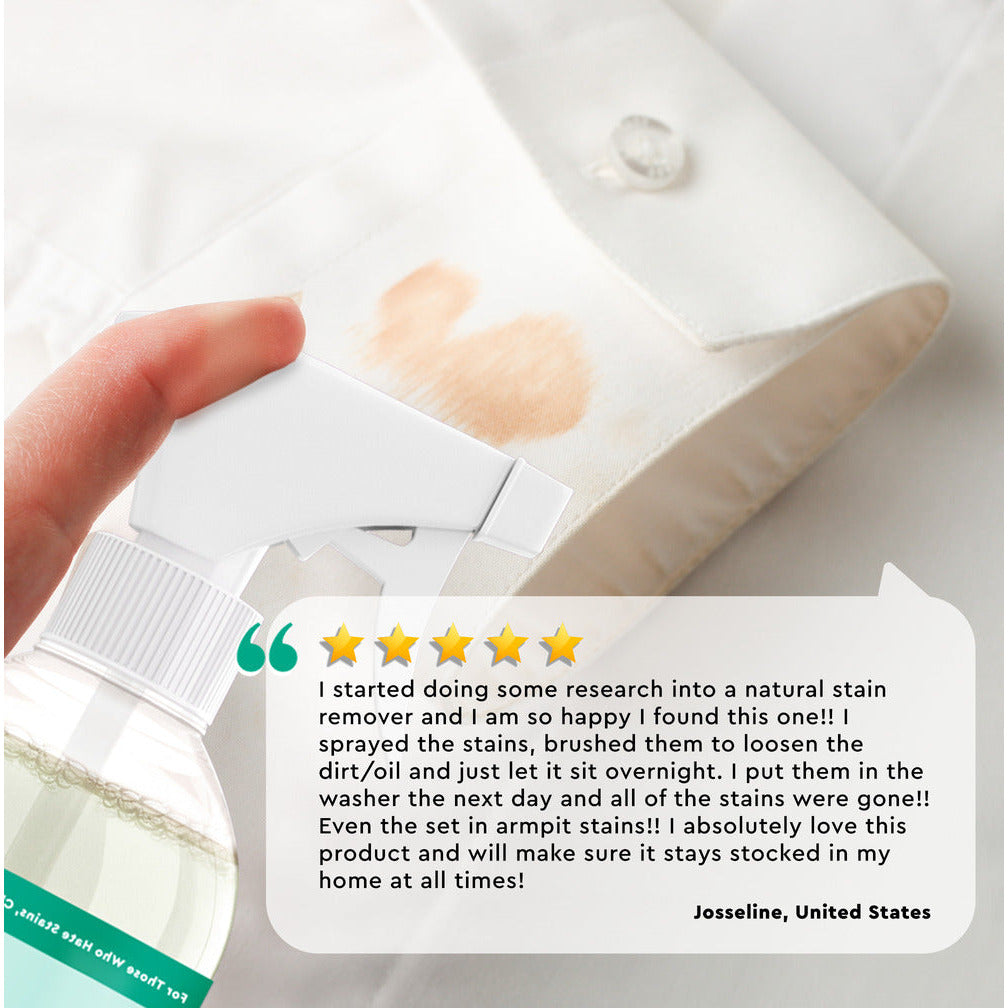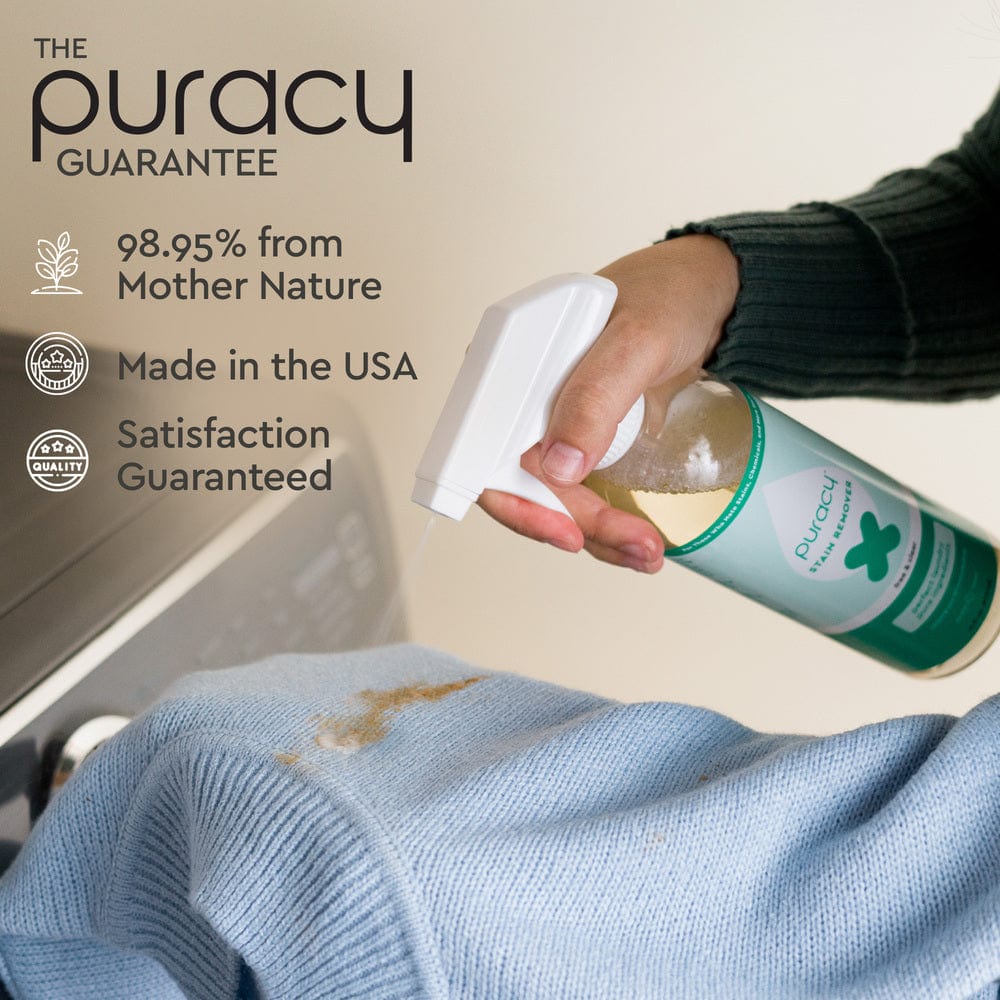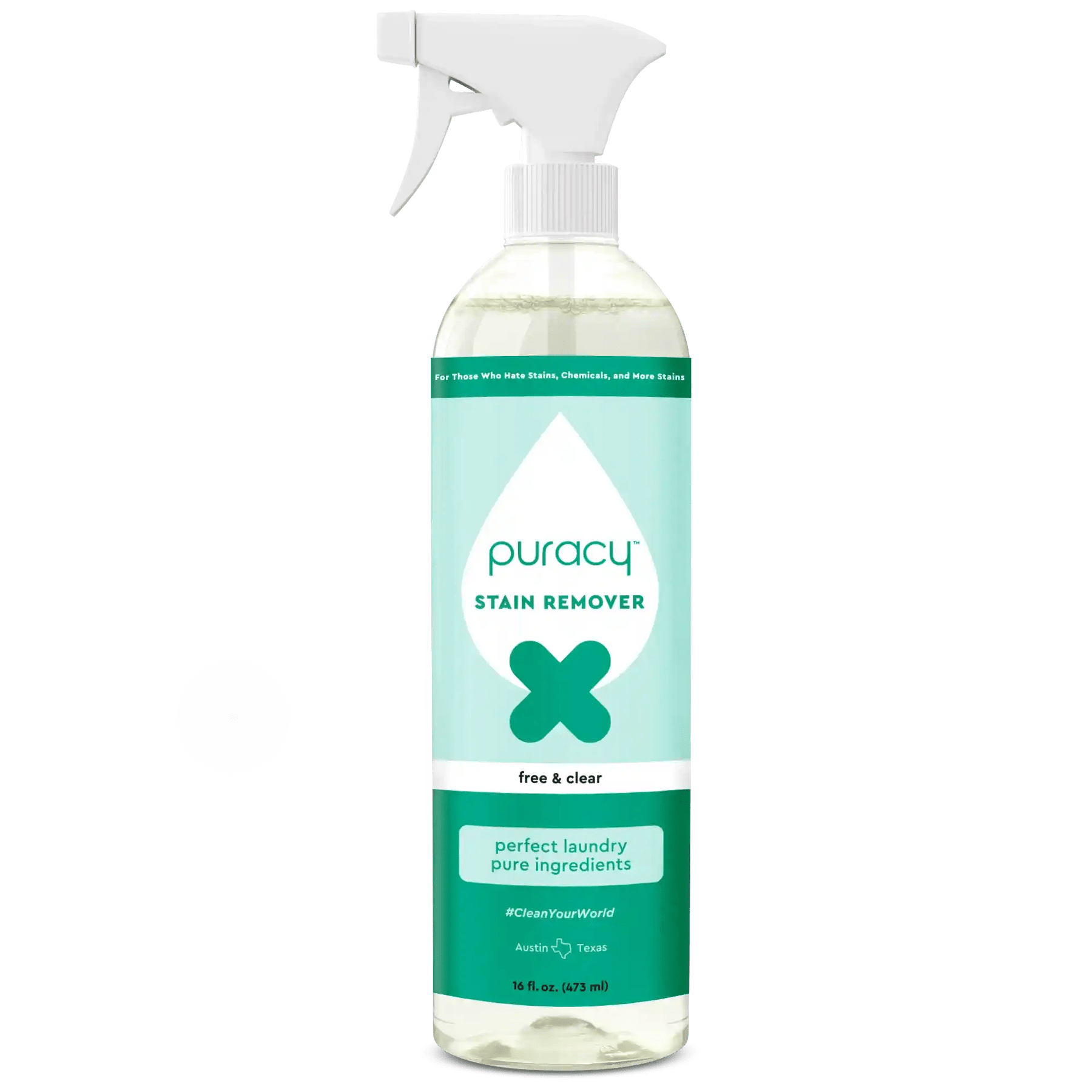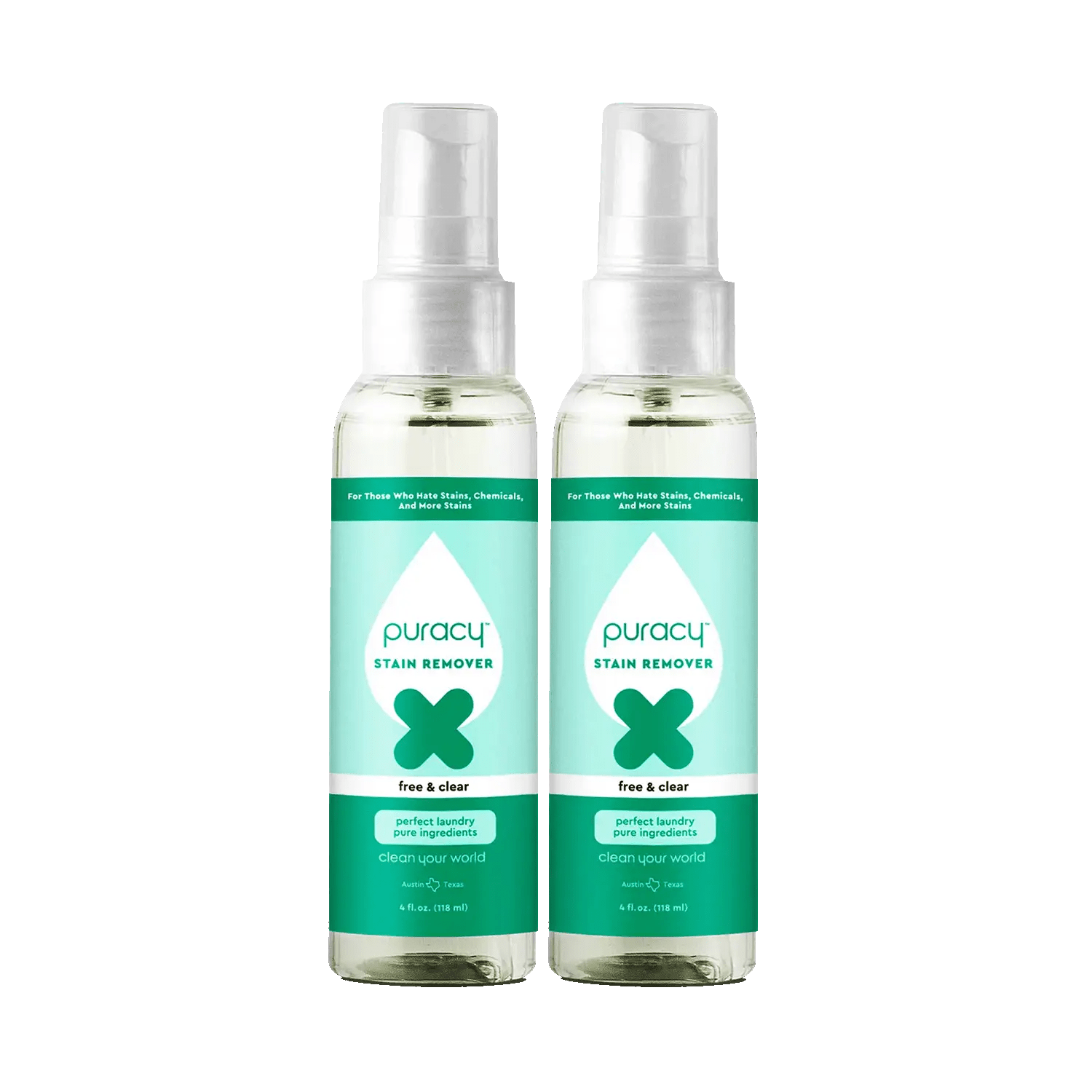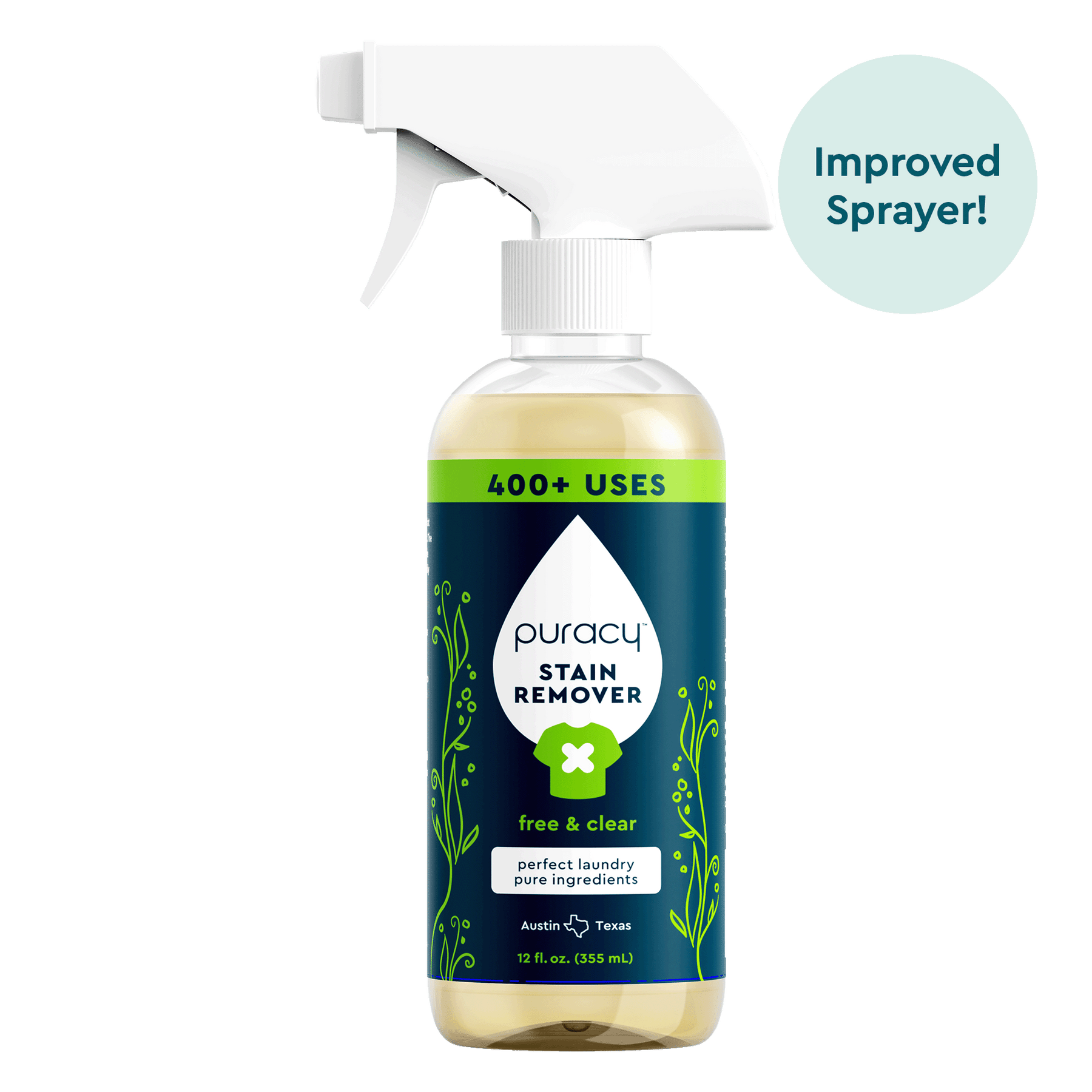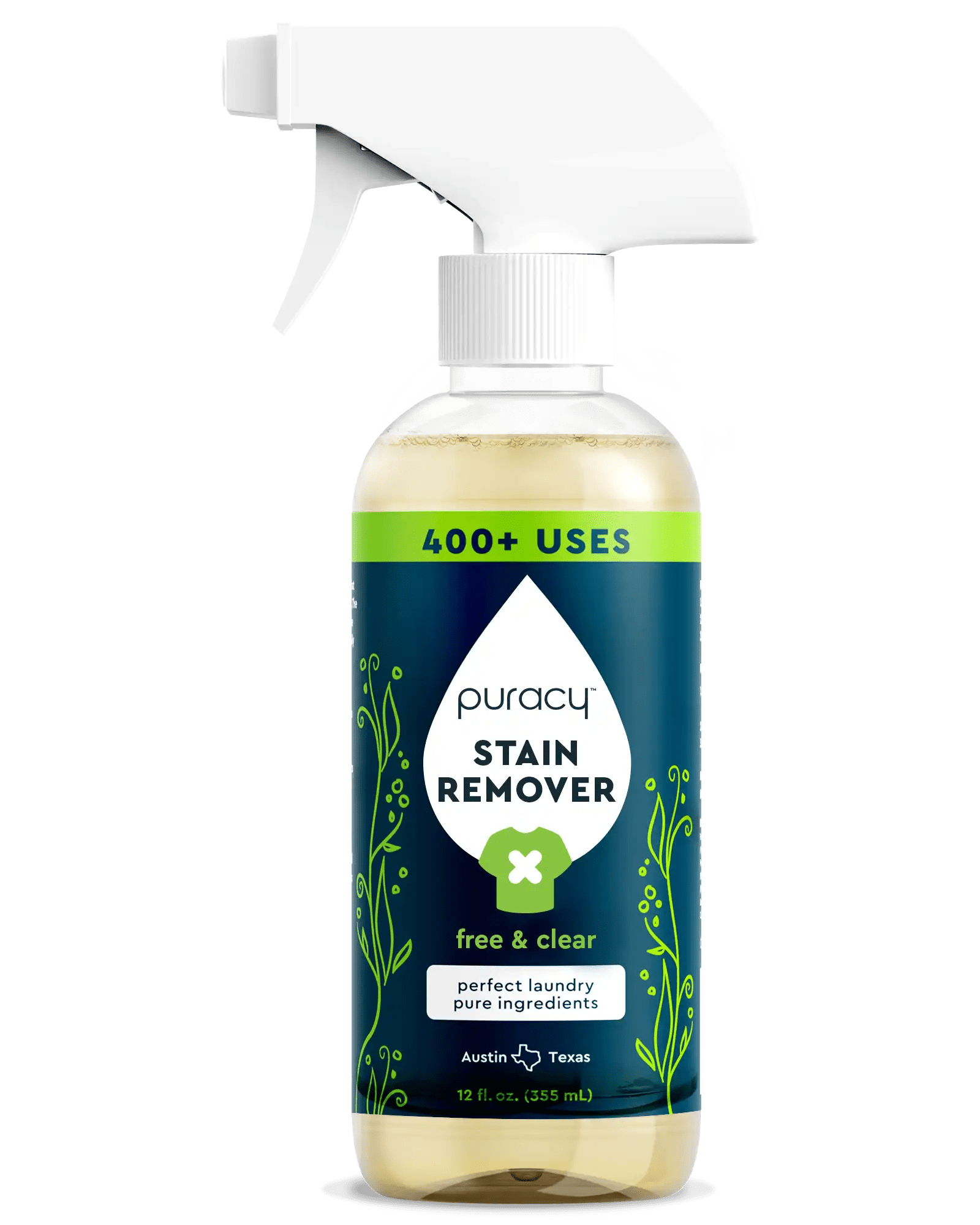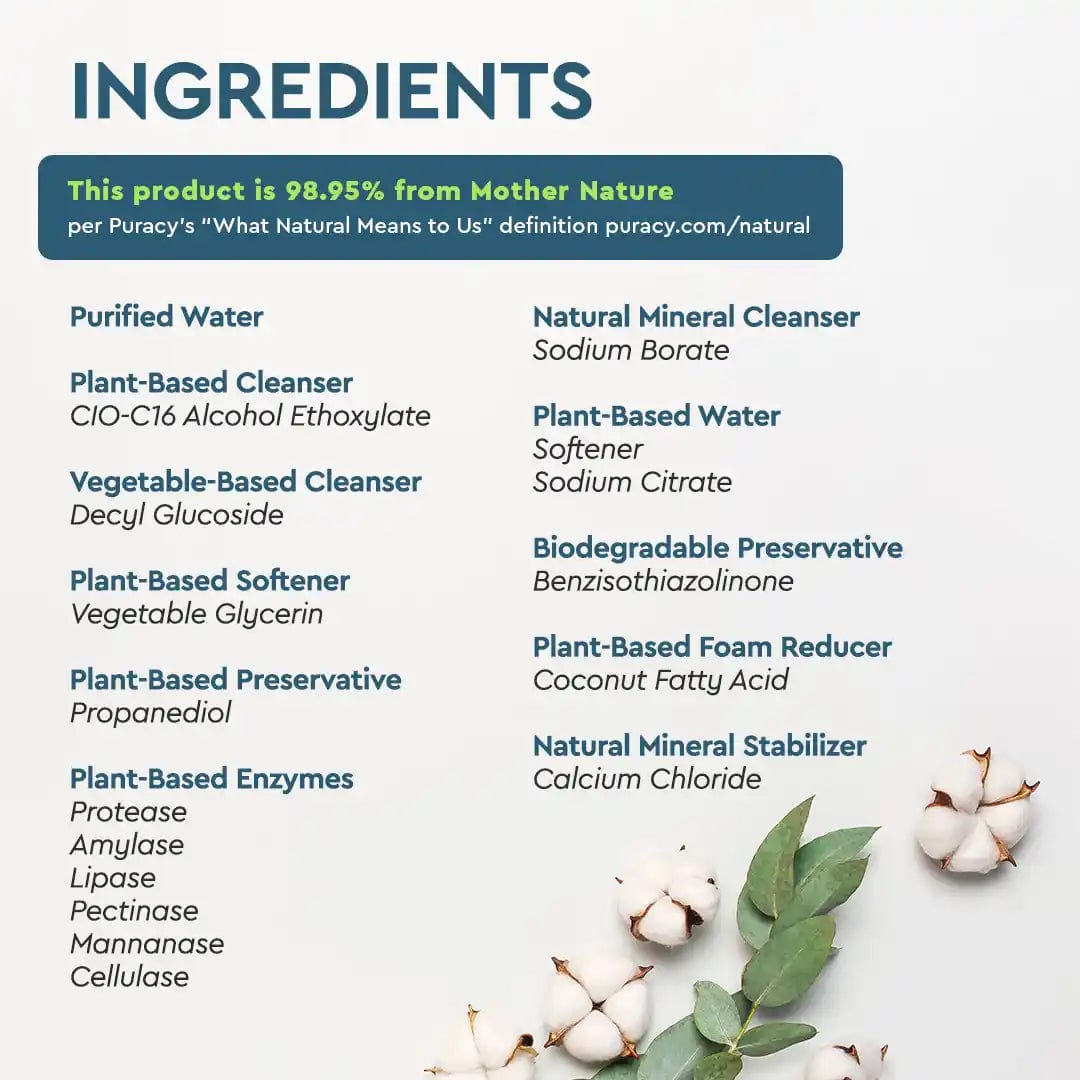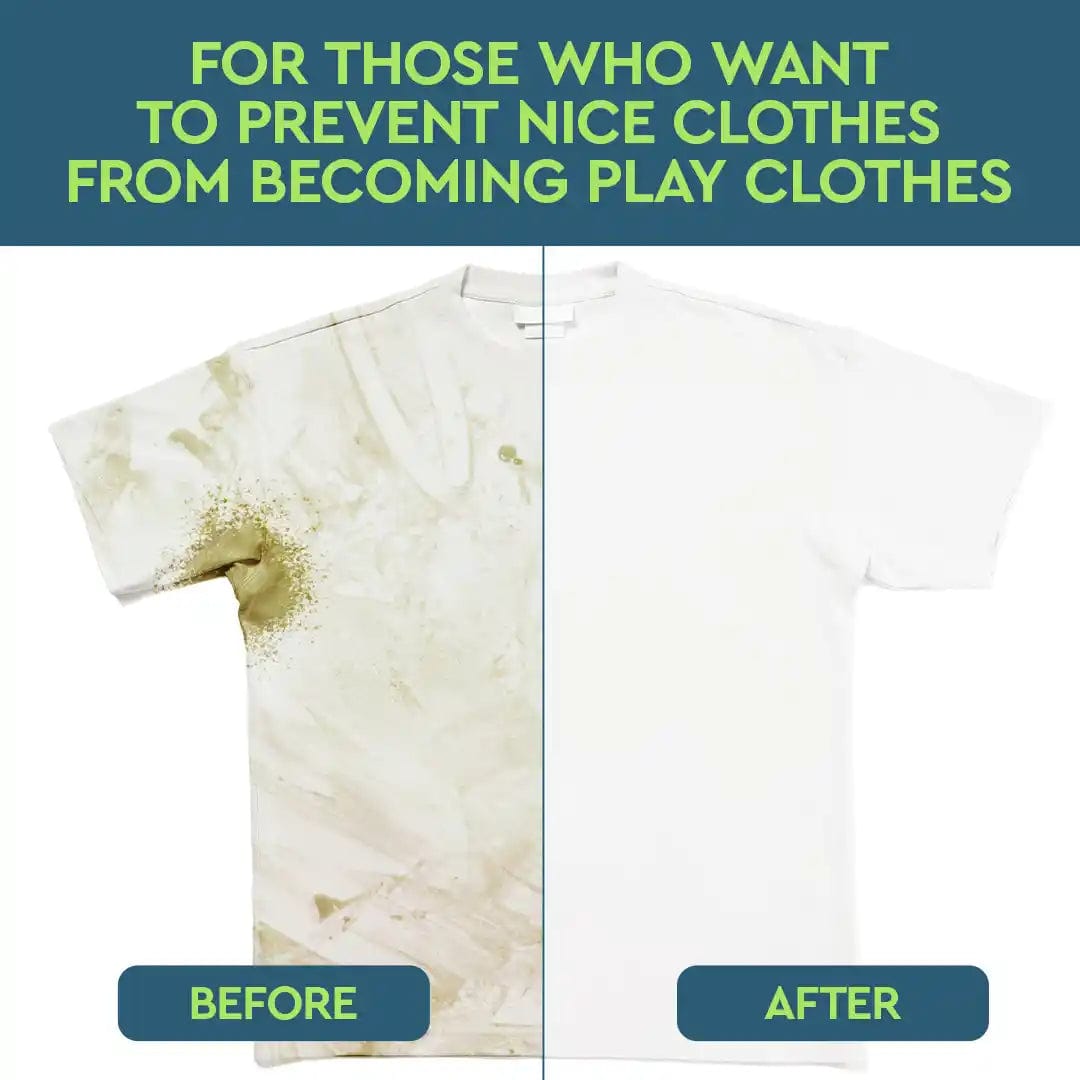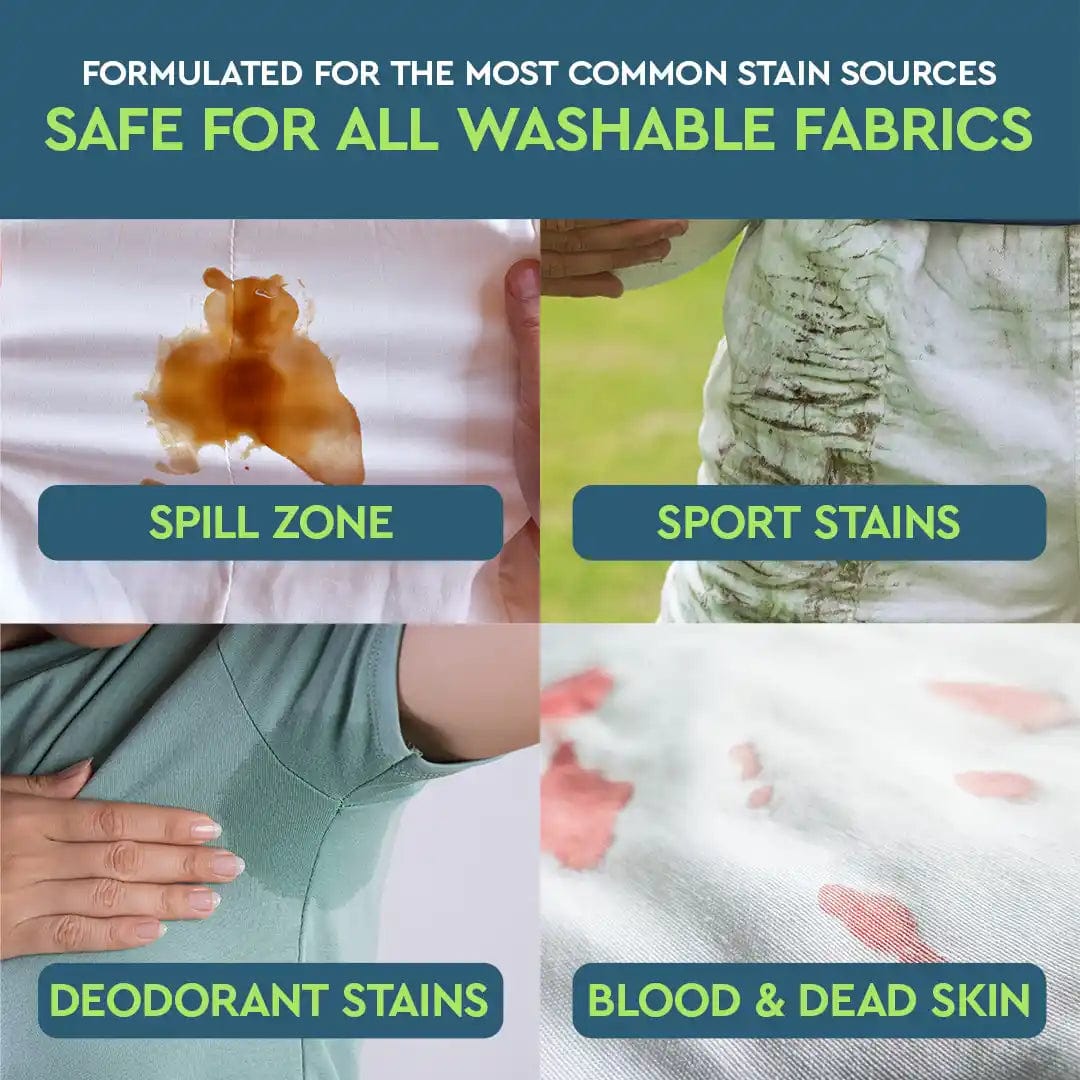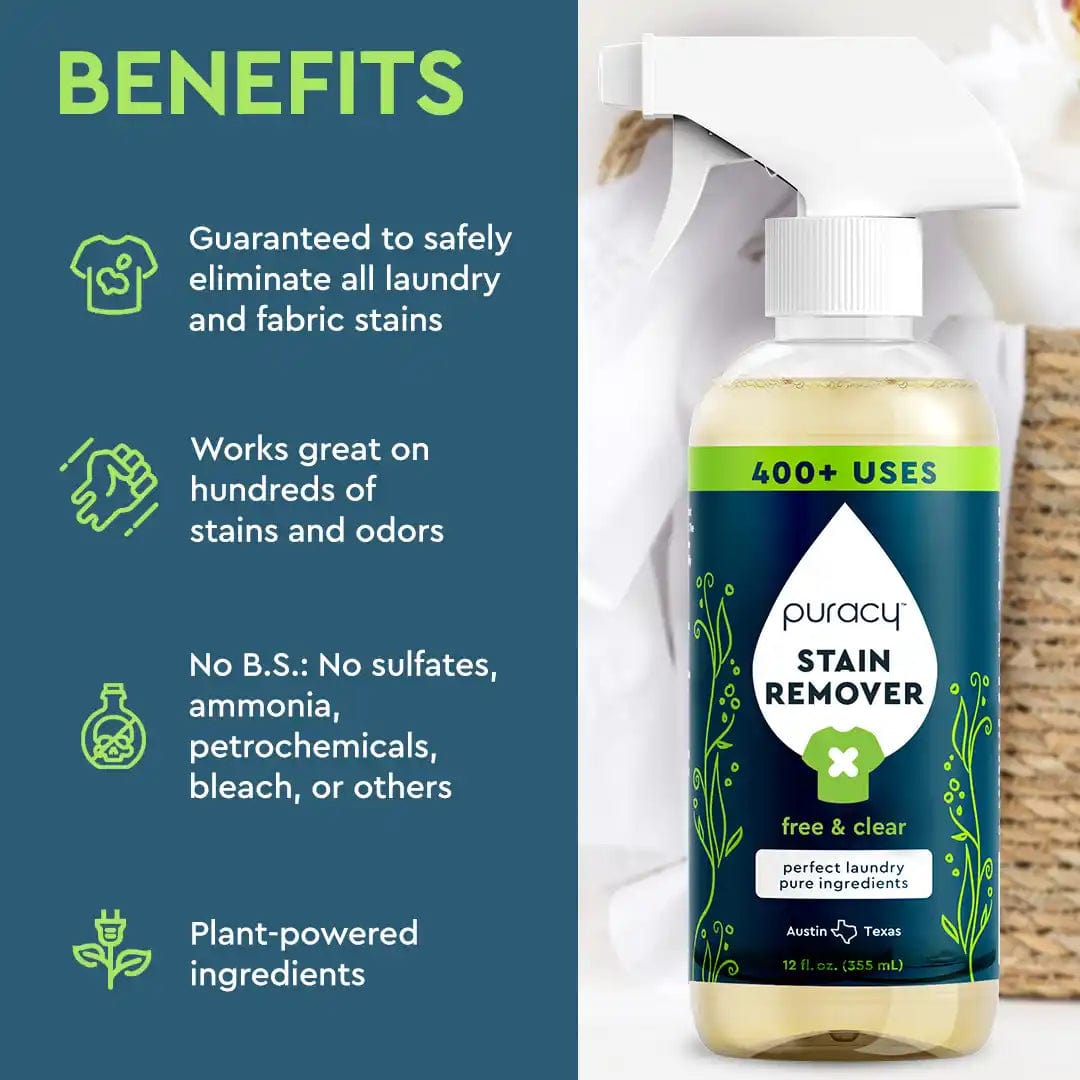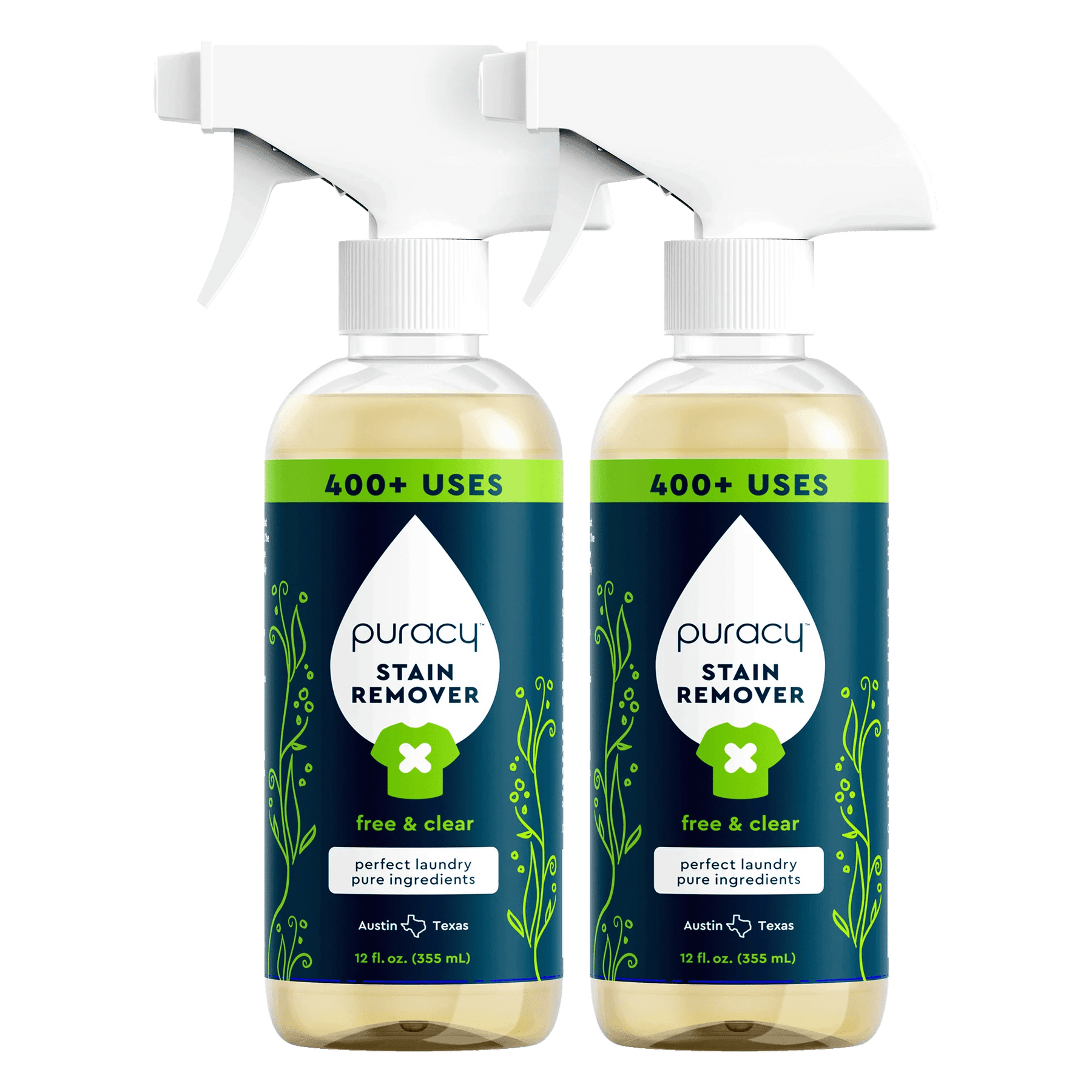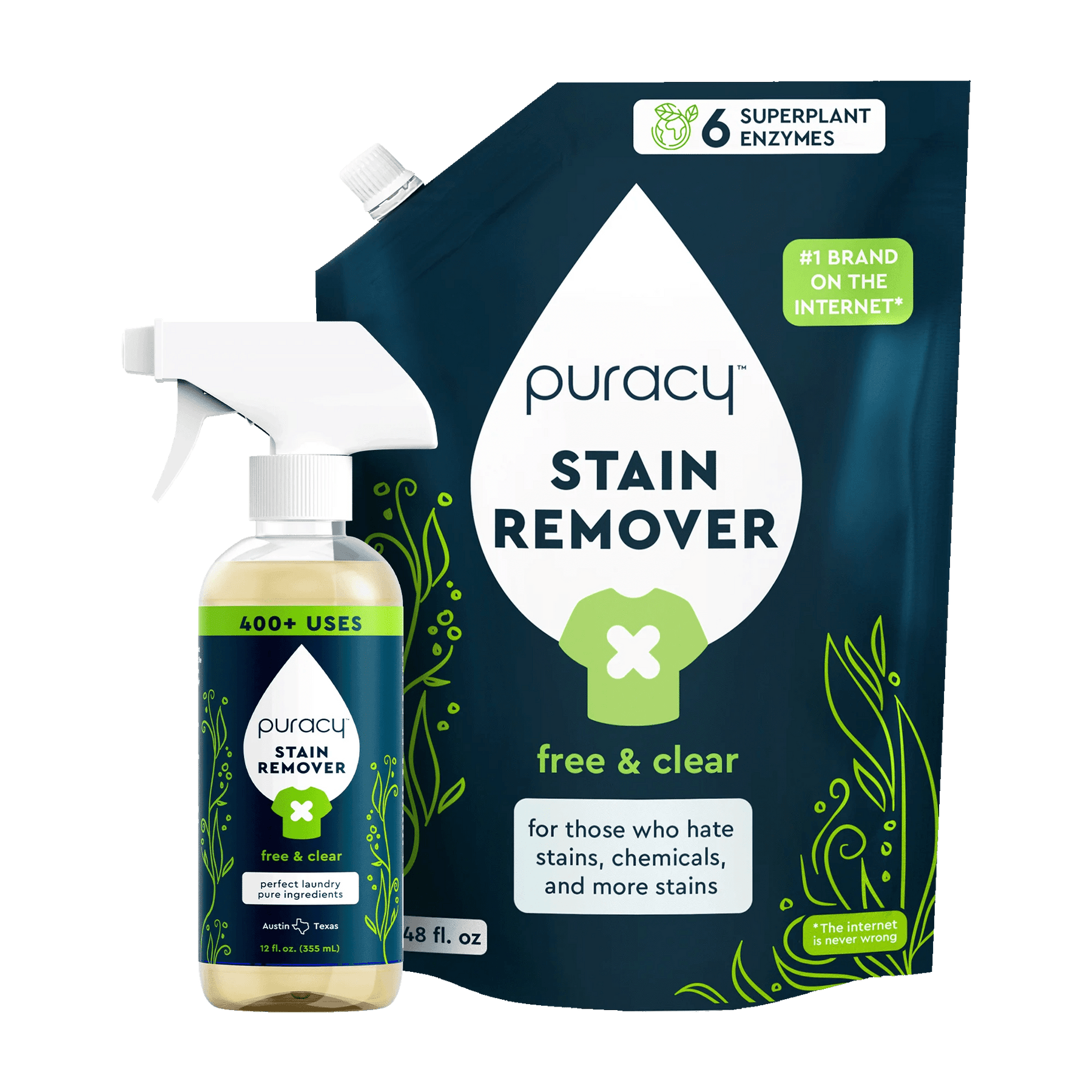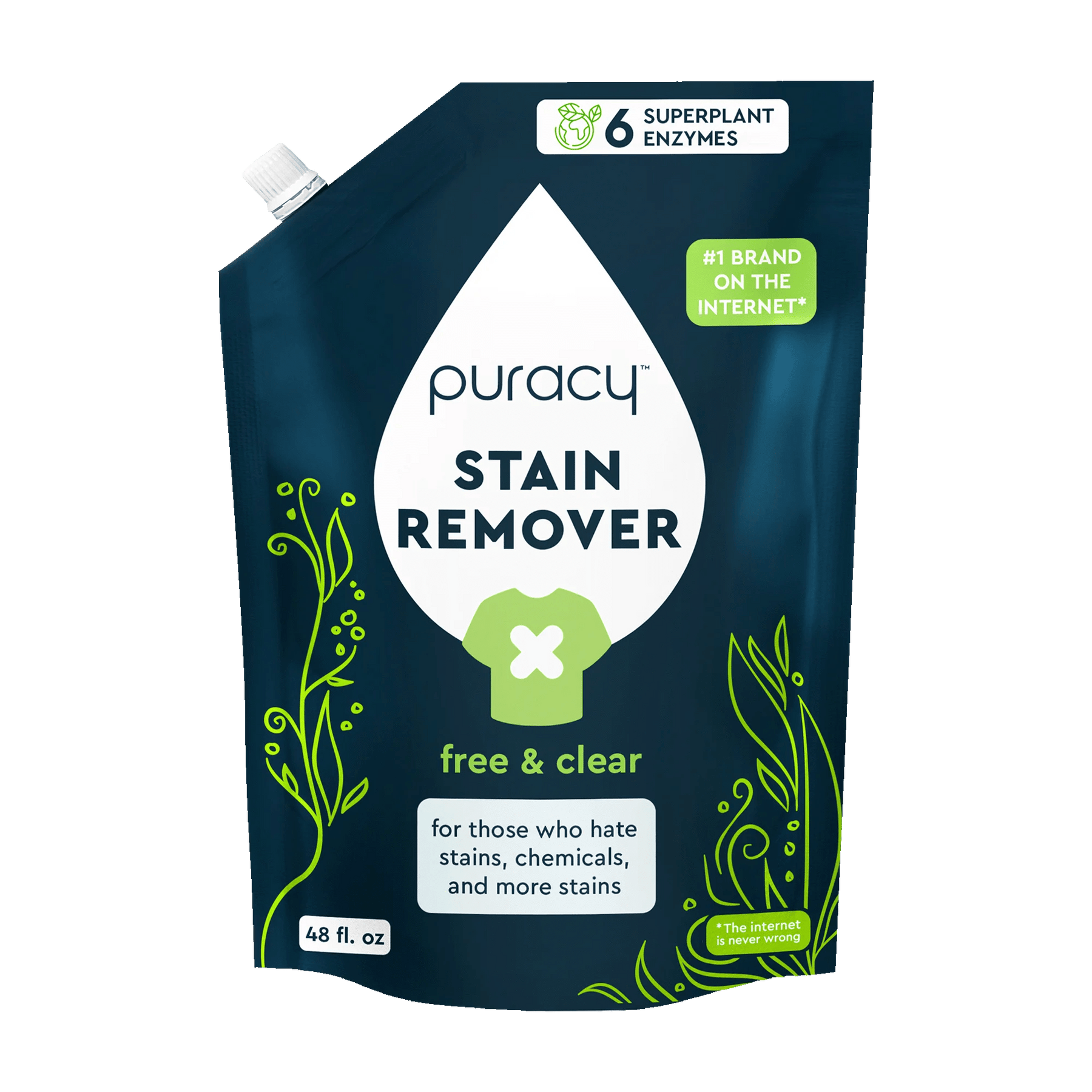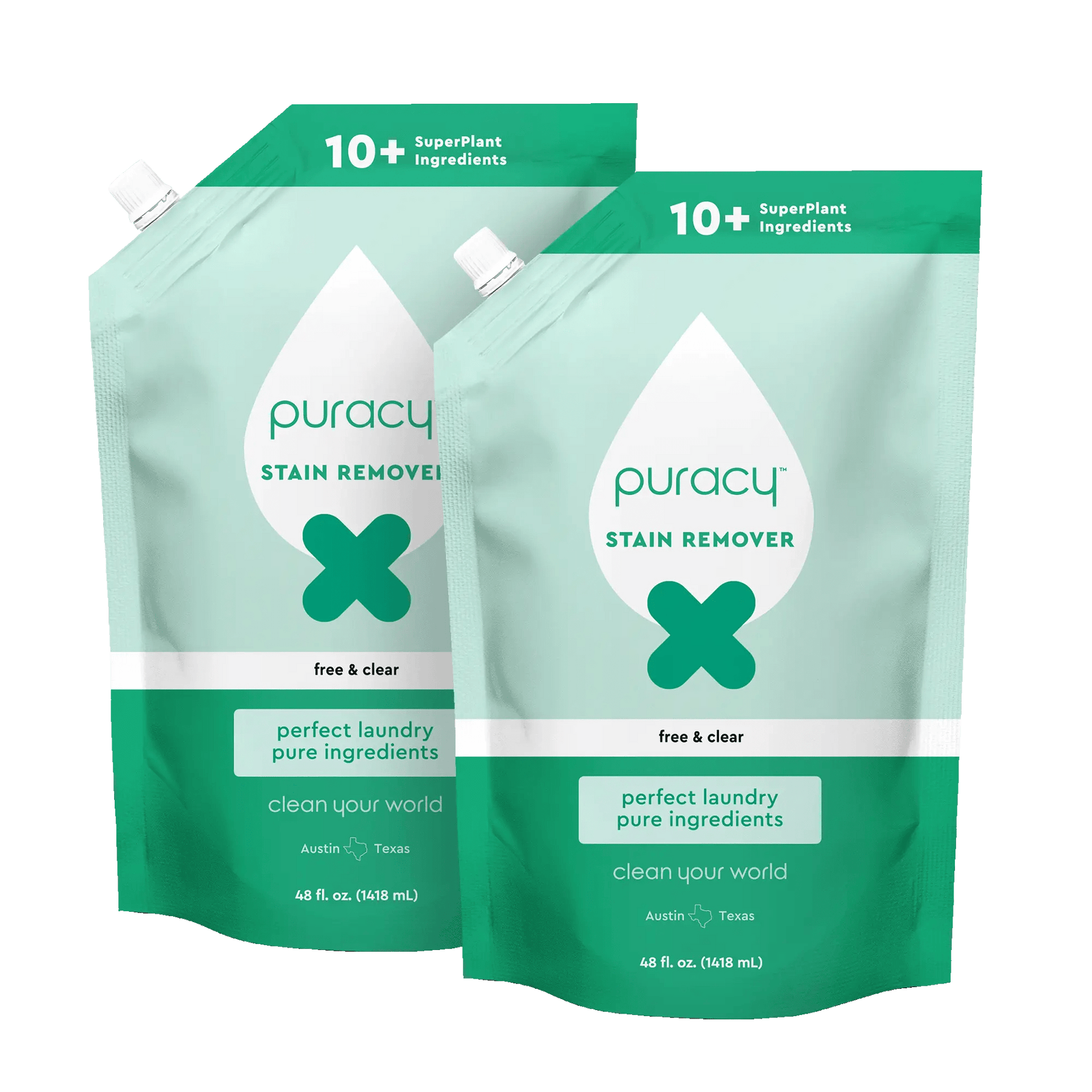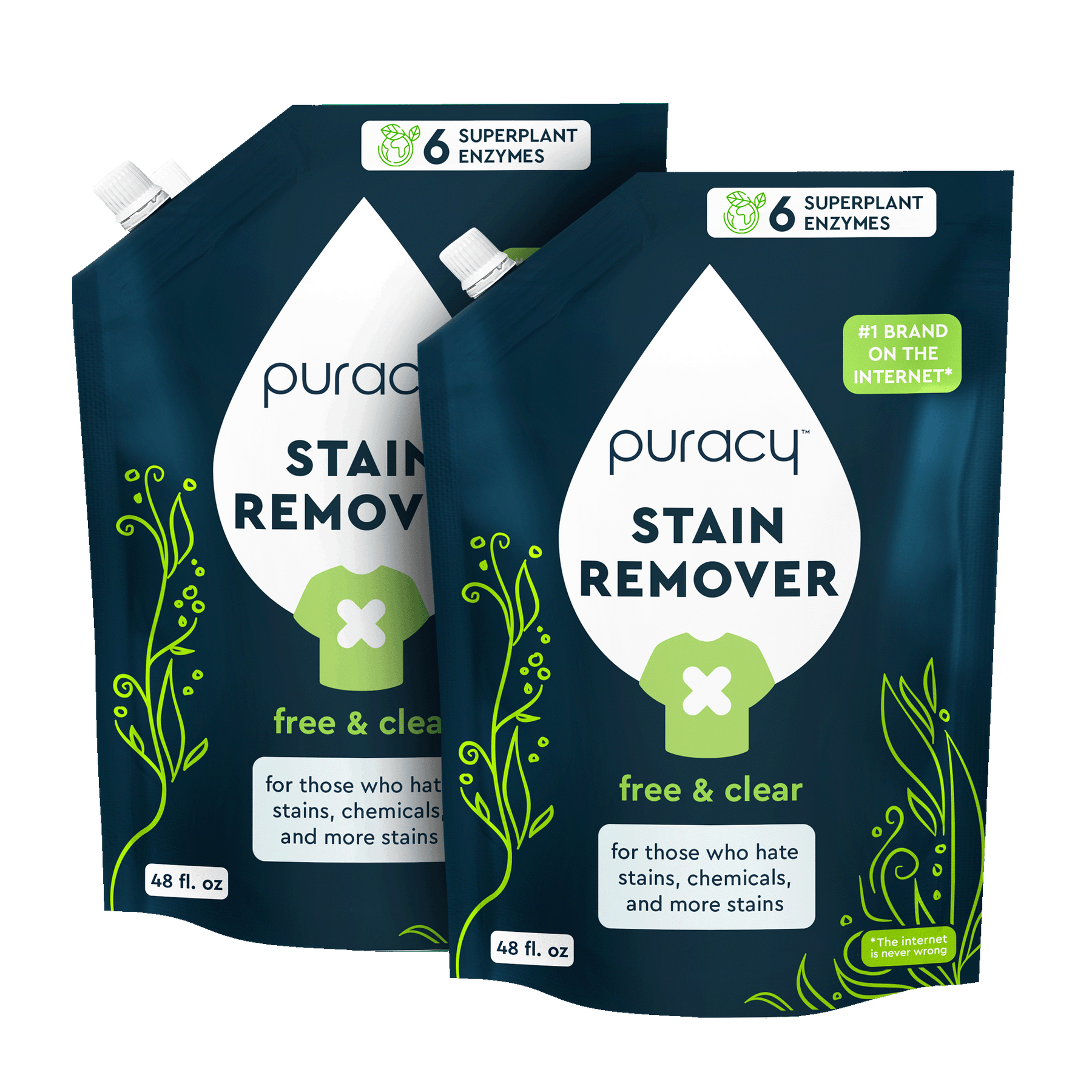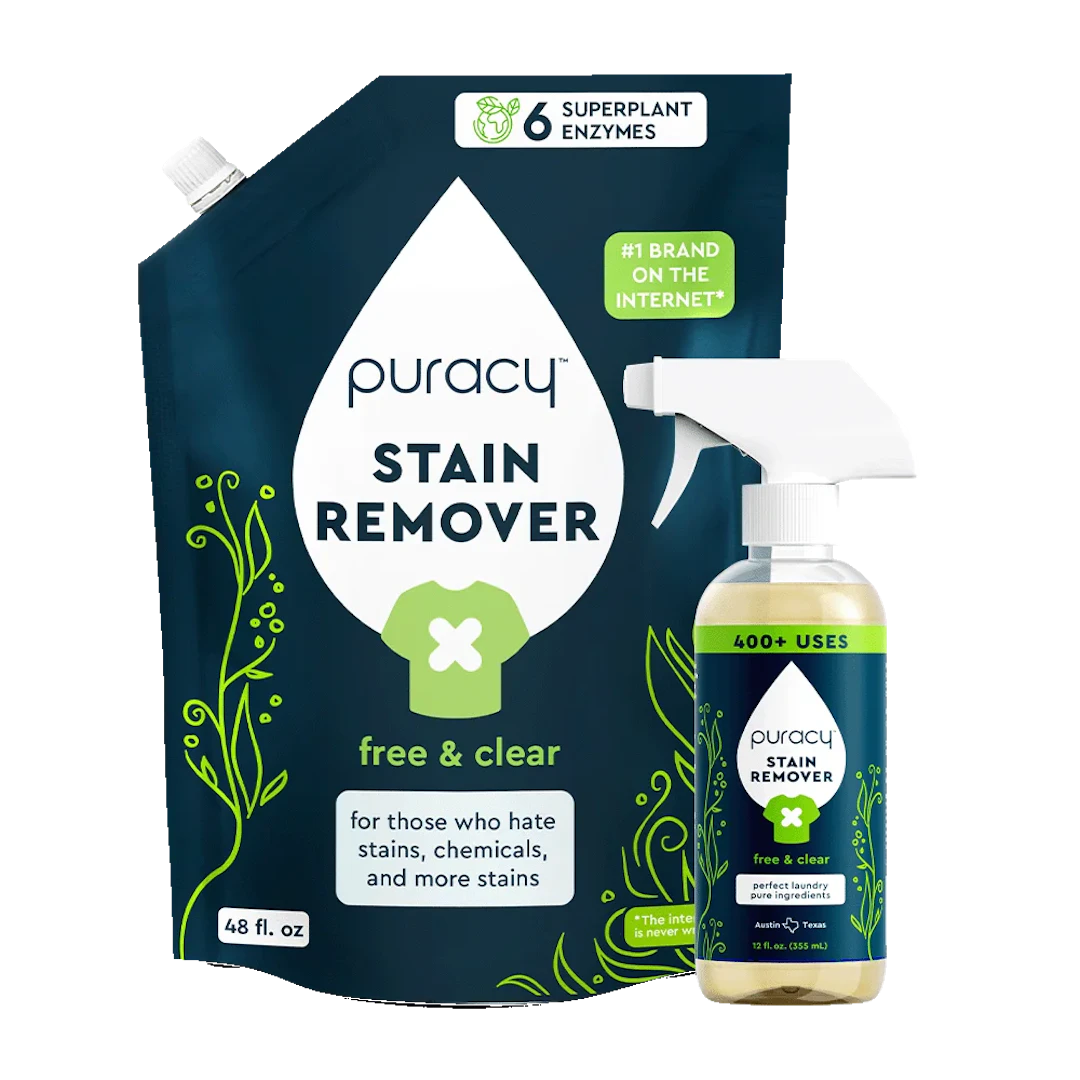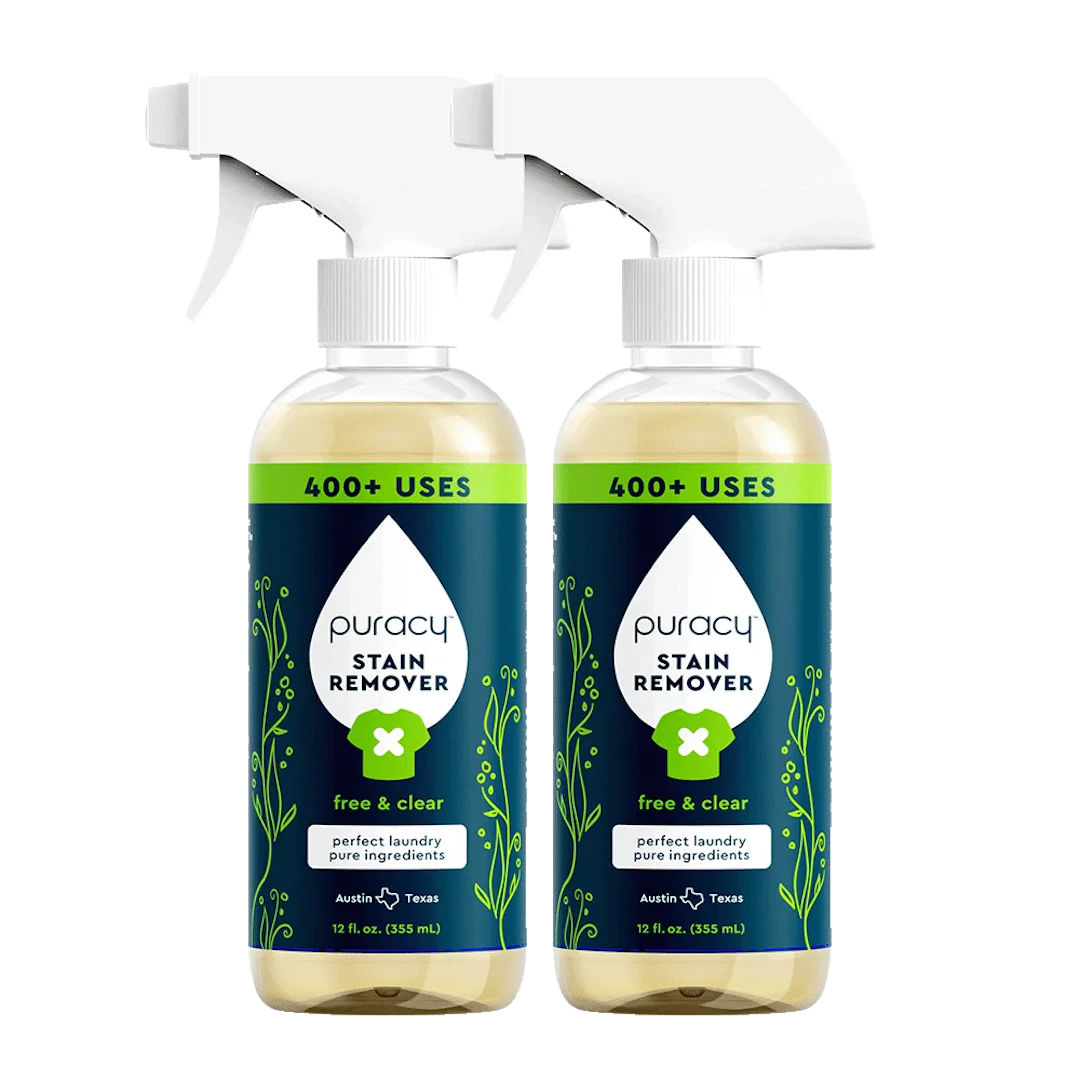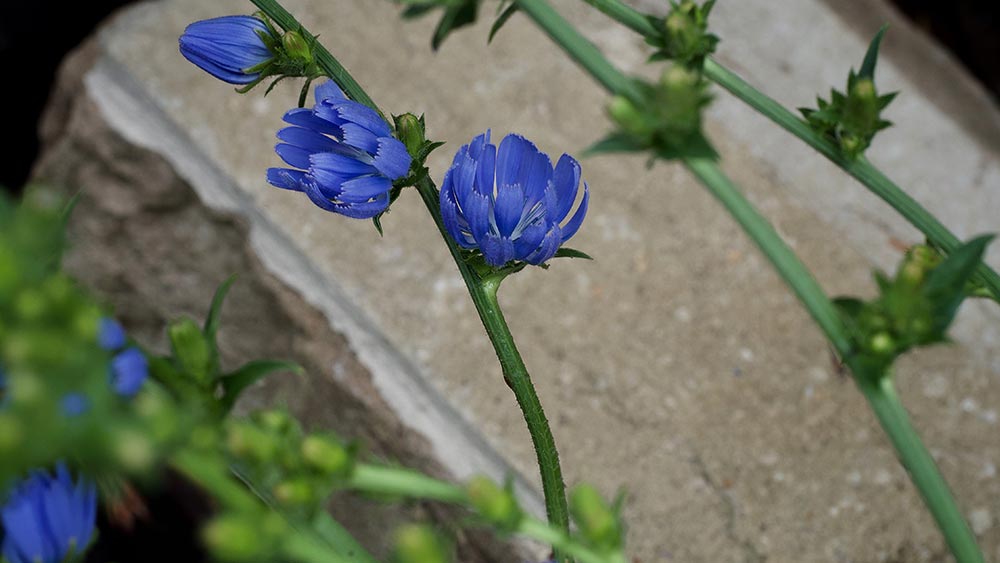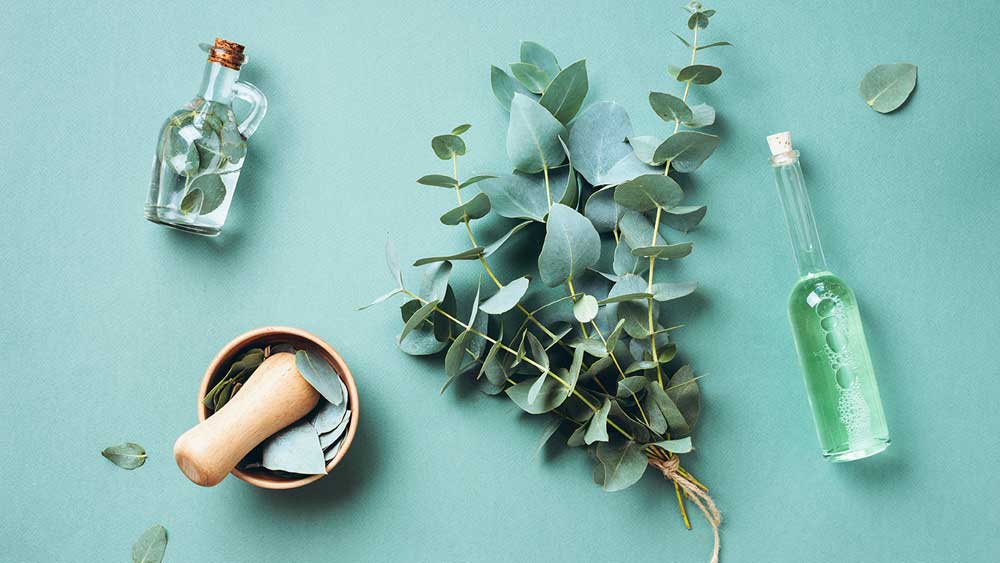- Derived from: oranges
- Pronunciation: (\ˈsi-trik-\ ˈa-səd)
- Type: Naturally-derived
What Is Citric acid?
Citric acid is an organic acid that occurs naturally in plants and animals. It occurs as colorless crystals or white powder and is commonly found in citrus fruits, corn, and other foods.[1,2] Citric acid is an alpha-hydroxy acid and a beta-hydroxy acid.[3,4]
What Does Citric acid Do in Our products?
Citric acid is a preservative; it also helps adjust the acid/base balance in cosmetics. However, it is also a common ingredient in soft drinks and other food products.[5] The ingredient is present in thousands of personal care products, including shampoo, conditioner, nail polish, body wash, moisturizers, makeup, sunscreen, and other items.[6] It dissolves in water.[7]
Why Puracy Uses Citric acid
We use citric acid in several of our products as a preservative. The Cosmetics Ingredient Review has deemed the ingredient safe for use in cosmetics.[10] The FDA has deemed the ingredient generally recognized as safe (GRAS), and Whole Foods has deemed the ingredient acceptable in its body care and cleaning product quality standards.[11,12,13,14] In addition, several studies show the ingredient is not a skin sensitizer.[15,16,17,18,19]
How Citric acid Is Made
Citric acid may be produced from fruits or other foods, through yeast fermentation, and by solvent extraction.[8] Most large-scale production occurs by fermenting molasses or other sugar stocks with Aspergillus niger.[9]
Certifications


Sources
[1] Food and Drug Administration
[2] University of Rochester Medical Center
[3] Food and Drug Administration
[4] Cosmeticsinfo.org
[5] Food and Drug Administration
[6] Environmental Working Group
[7] National Library of Medicine
[8] Personal Care Council
[9] Personal Care Council
[10] Personal Care Council
[11] Personal Care Council
[12] Whole Foods Market
[13] Whole Foods Market
[14] Food and Drug Administration
[15] Schliemann-Willers, S., et al., “Fruit acids do not enhance sodium lauryl suplhate-induced cumulative irritant contact dermatitis in vivo." Acta Dermato Venereologica. (2005);85(3):206-210
[16] Spoo, J., et al., “Skin cleansers: Three test protocols for the assessment of irritancy ranking,” Acta Dermato Venereologica (2002)82(1):13-17
[17] Torgerson, R.R., et al., “Contact allergy in oral disease,” Journal of the American Academy of Dermatology (2007);57(2):315-321
[18] Lahti, A., “Nonimmunologic contact urticarial,” Acta Dermato Venereologica Suppl (1980);60(91):1-49
[19] Reider N., et al., “Absence of contact sensitization to Aloe veraa (L.) Brum. F.” Contact Dermatitis (2005);53(6):332-334

